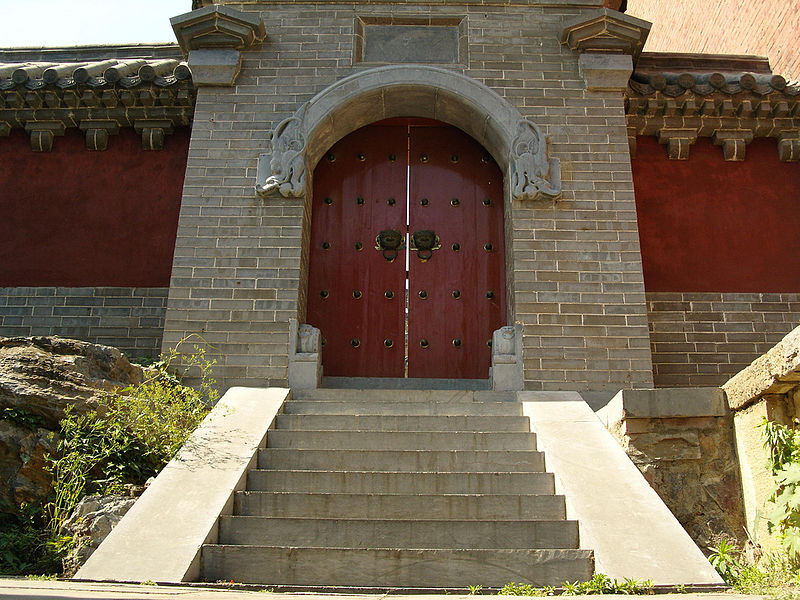





 |
 |
 |
 |
 |
 |
|---|---|---|---|---|---|
 |
 |
 |
 |
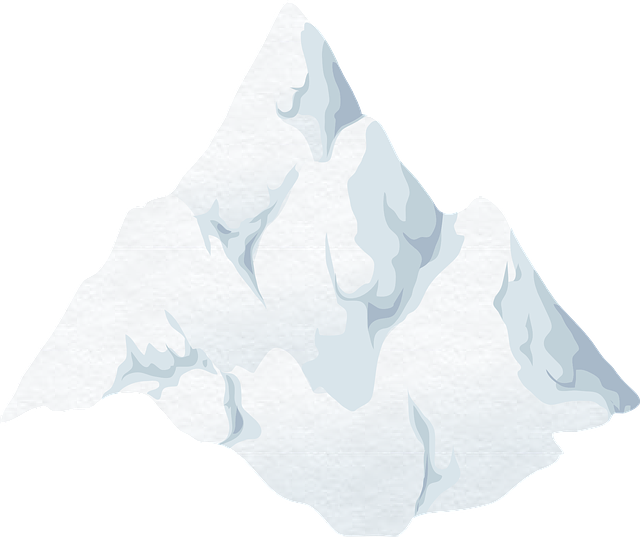 |
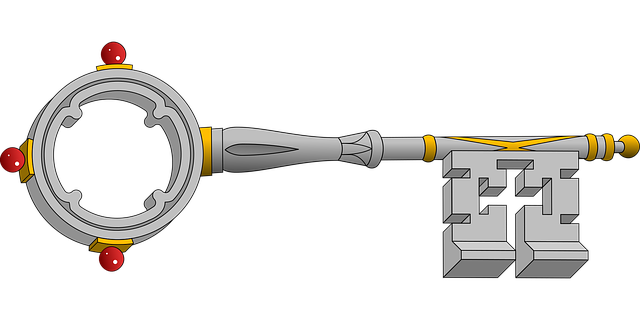 |
||
|---|---|---|---|---|---|---|---|
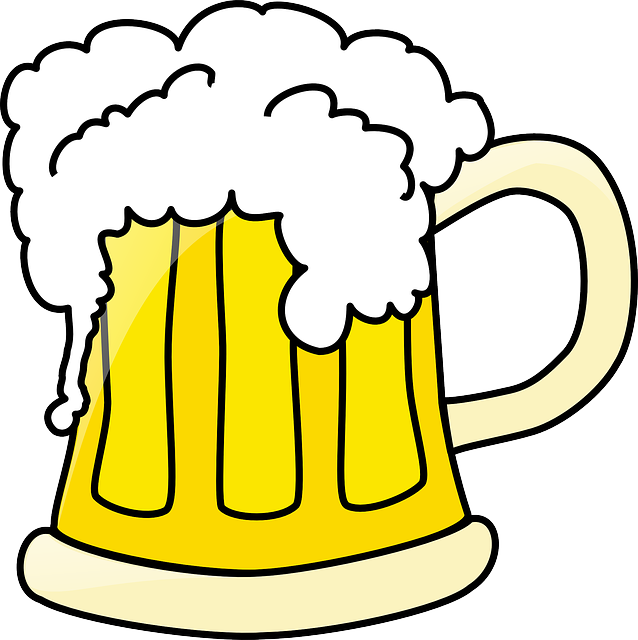 |
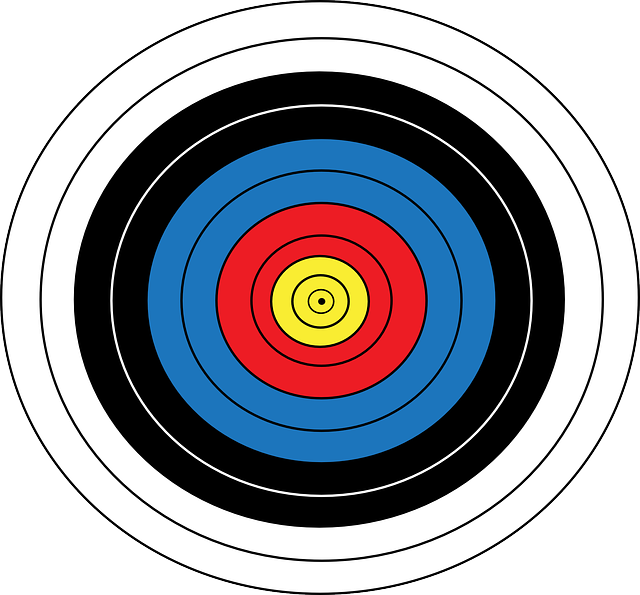 |
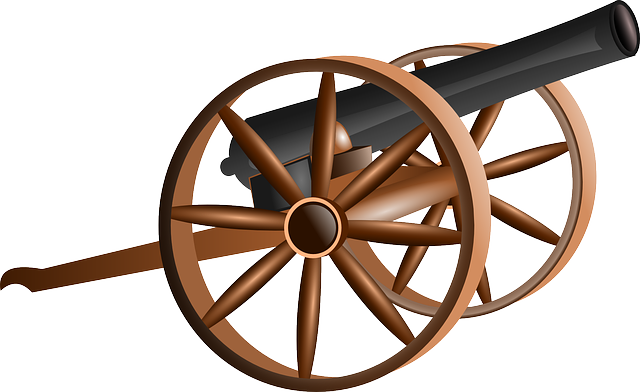 |
 |
||
|---|---|---|---|---|---|
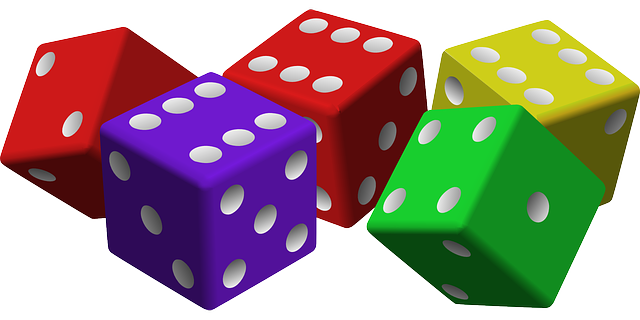 |
|---|
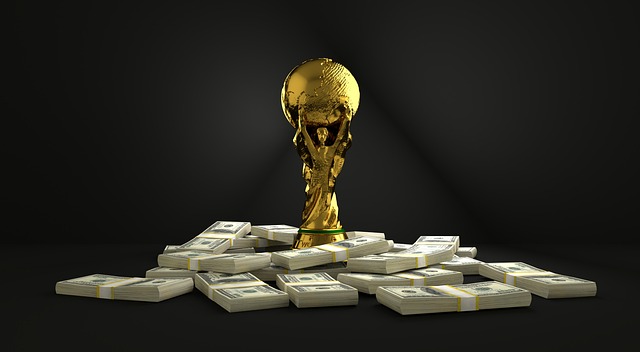 |
 |
 |
|---|---|---|
What is the height of the FIFA World Cup trophy, the Stanley Cup trophy, and the Lombardi trophy?
C=6, F=0
Bonus point: The World Cup trophy is ornamented by a green mineral. What is the mineral?
 |
 |
|---|---|
In the film "A Team", a falling tank fires its gun. The tank is an M8 Buford.
What is the tank recoil speed?
C=4, F=-4
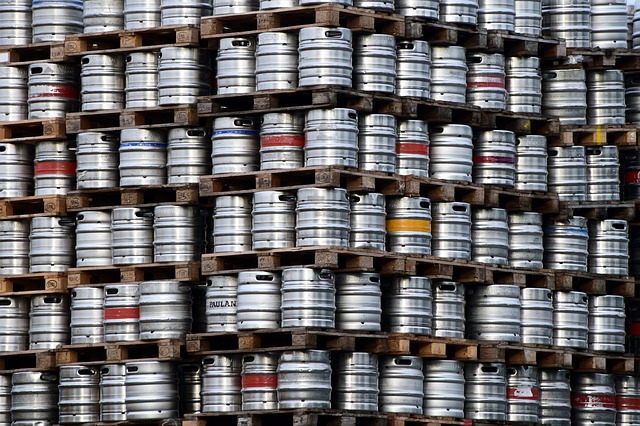 |
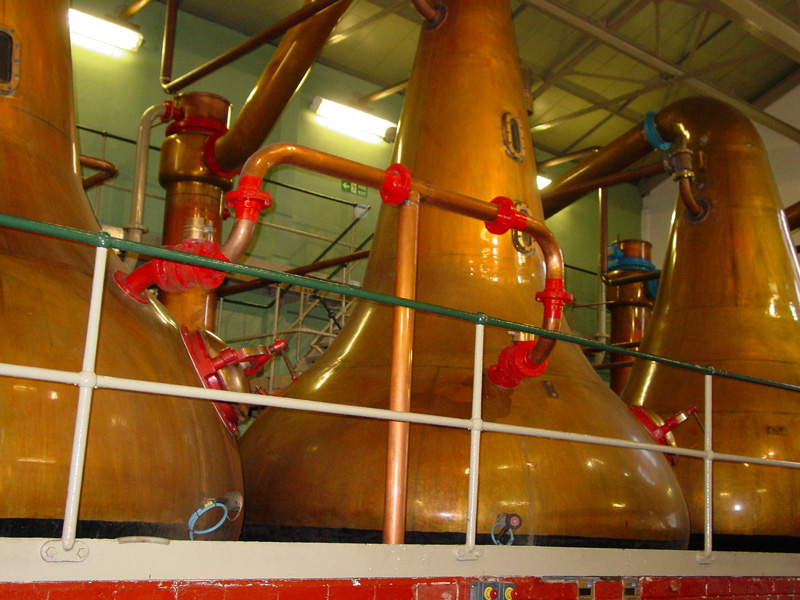 |
 |
|---|---|---|
Define a unit of alcohol to be the alcohol in one can of beer, and call this
unit the "Bond". The can has 12 fluid ounces and the beer has an alcohol
concentration of 5%. How many Bonds of alcohol are there in a beer pitcher, a wine bottle, a
Scotch bottle, and a beer keg? Assume that the beer in the keg is 5% alcohol.
C=4, F=-1
 |
|---|
What is the length of a viola string and a bass guitar string? (The active vibrating part)
C=6, F=0
What is the frequency of a viola C string?
C=6, F=-2
If a viola C string is made of steel, what is the mass of the vibrating part?
C=4, F=-4
 |
 |
 |
|---|---|---|
What is the volume and mass of a golf ball, an American football, and a rugby ball?
Use the volume enclosed by the outer surface, not the volume of air enclosed.
C=4, F=-2
What is
Mass of atmosphere / Mass of Earth
Mass of oceans / Mass of Earth
C=4, F=-2
In the Earth's history, the "Cambrian explosion" is when multicellular life first became widespread, and it coincides with when the atmosphere's oxygen content became large.
t = Time since the Cambrian explosion
T = Time since the Big Bang
What is t/T?
C=3, F=-3
What is the total number of words, lines, scenes, and characters in Shakespeare's "Hamlet"?
How many characters died during the play?
C=3, F=-3
For the English language, many words and letters are there in an 80-character line, on average?
C=3, F=-2
How many sheets of paper does a standard box have?
What is the mass of a box full of paper?
C=3, F=-3
 |
 |
 |
 |
|---|---|---|---|
How many tennis balls fit into a standard box of paper? The balls must be recently-uncanned and fully-pressurized. The box must have a lid that's fully closed and the box isn't allowed to bulge.
C=5, F=-3
How about hockey pucks?
C=5, F=-3
How about soccer balls balls?
3 point for the correct answer, 2 points for being off by 1, and 1 point for being off by 2. The floor is 0.
How about footballs?
3 point for the correct answer, 2 points for being off by 1, and 1 point for being off by 2. The floor is 0.
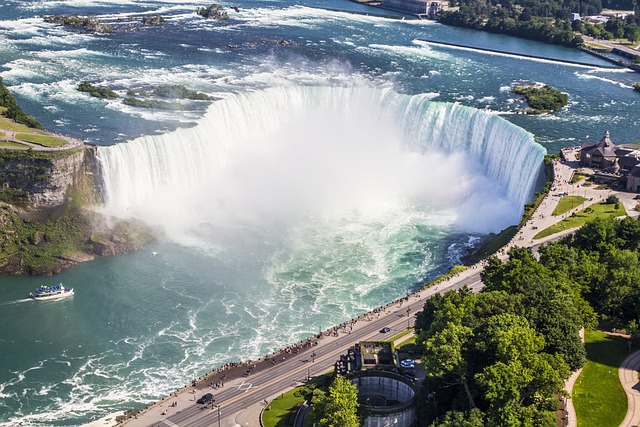 |
|---|
For Niagara falls, for the Horseshoe segment, what is the power associated with
the falling water?
C=2, F=-8
m = Total mass of Jupiter's moons
M = Mass of Jupiter
what is M/m?
C=4, F=-4
What is the global river flow in km3/year?
C=4, F=-4
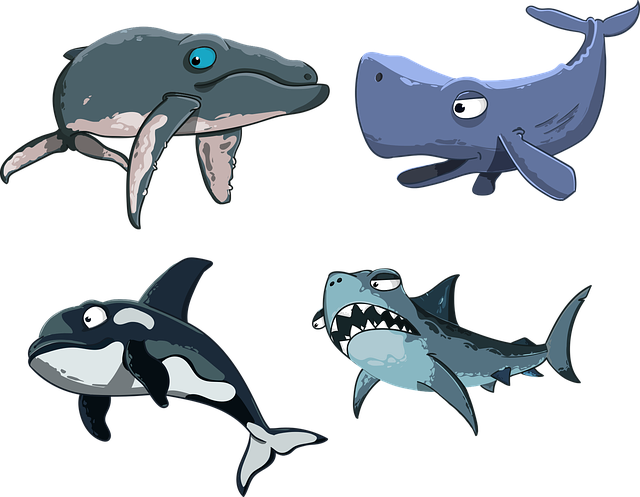 |
|---|
What is the total mass of whales and of whale brains?
C=3, F=-6
How much calcium is in a 100 kg human?
C=3, F=-4
How much calcium is in a chicken egg? Include the shell.
C=3, F=-4
 |
 |
|---|---|
On January 1, 2020, the fastest supercomputer was "Summit". What was its speed in flops and its
memory in bytes?
C=3, F=-4
For the first X-Box, what was the speed in flops?
C=3, F=-4
The USA leads the world for farm output per hectare, and Iowa leads the USA.
In Iowa, what is the average yield in kg/hectare/year for
soy? What is the calorie power generated in Watts/meter2?
C=3, F=-4
What is the mass of all plants in the world?
C=2, F=-6
What is the mass of carbon captured by plants in one year?
C=2, F=-6
What is
Asteroid belt mass / Earth mass
Kuiper belt mass / Earth mass
The Kuiper belt includes Pluto and doesn't include Neptune's moons.
C=2, F=-6
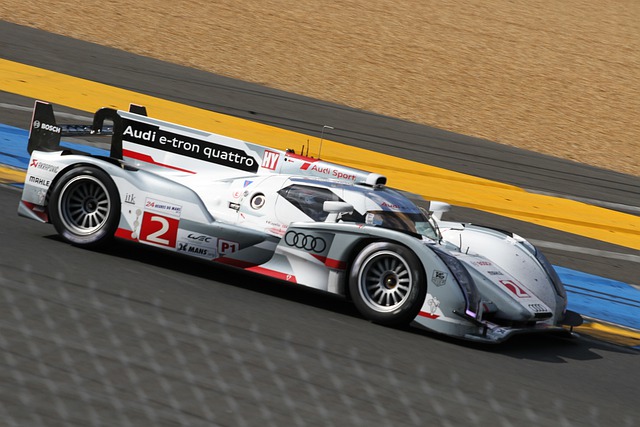 |
|---|
Formula-E race cars use battery power. For the battery, what is the energy/mass and power/mass?
C=5, F=-2
What is
Total mass of planets / Sun mass
C=2, F=-6
For a candle the size of a 12 ounce soda can, how long does it burn?
C=3, F=-6
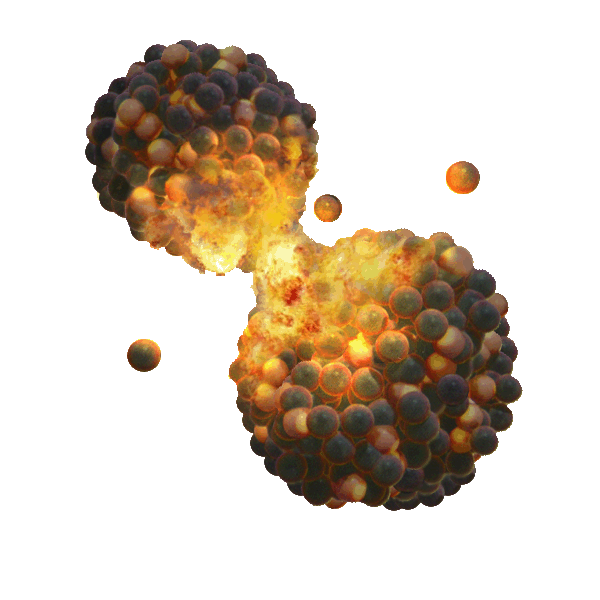 |
|---|
For the nuclear fission of uranium-235, what is the energy/mass released?
C=4, F=-6
The Space Shuttle has hydrogen + oxygen rockets. What is the exhaust speed
when the rockets are fired in vacuum?
C=4, F=-6
In a nuclear thermal hydrogen rocket, fission heats hydrogen and expels it as
exhaust. If the temperature is 2750 Kelvin and the exhaust is monatomic hydrogen,
what is the exhaust speed?
C=4, F=-6
For Large Hadron Collider, the maximum particle energy is "E".
Let "e" be the rest energy of a proton. What is E/e?
C=3, F=-6
What is the mass of steel that the world produced in 2021? How about gold?
C=2, F=-8
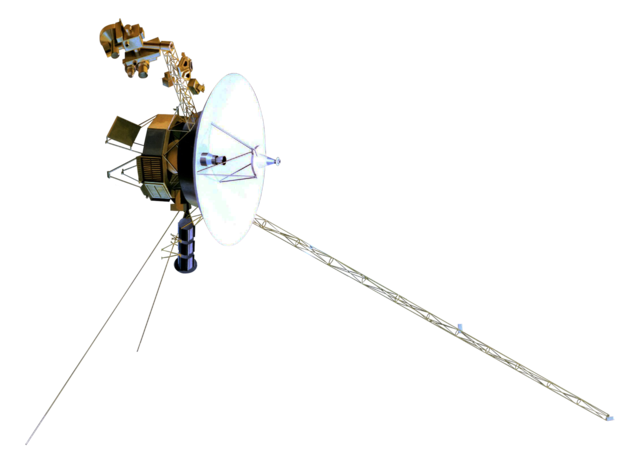 |
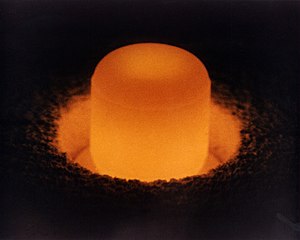 |
|---|---|
Voyager II has 13.5 kg of Plutonium-238, which decays by alpha emission. What is the
heat power produced at the start of the mission?
C=3, F=-6
A cylindrical rod of balsa has a diameter 1 millimeter. How much force does it take to break the rod by tension?
C=2, F=-8
A rod of steel has a diameter of 1 millimeter and a length of 1000 meters. If a tension force of
10 Newtons is applied to it, how much does it stretch?
C=2, F=-8
Uranus is at the threshhold of human visibility. What is the flux of light
from Uranus in Watts/meter2?
C=2, F=-8
For nuclear fusion bombs, what is the maximum energy/mass that has been achieved?
"Mass" includes the mass of both the fusion fuel and the rest of the bomb.
C=2, F=-6
Atmospheric oxygen mass = M kg Photosynthesis production rate for oxygen = R kg/second Time required to produce one atmosphere of oxygen = T = M/R second
What is T?
C=3, F=-8
What is the temperature of Neptune's moon Triton?
C=3, F=-4
Estimate F(11).
C=4, F=-6
 |
 |
 |
|---|---|---|
What is the height of the FIFA World Cup trophy, the Stanley Cup trophy, and the Lombardi trophy?
Bonus point: The World Cup trophy is ornamented by a green mineral. What is the mineral?
The trophy base contains malachite Cu2CO3(OH)2.
Height Mass
cm kg
World Cup 36.8 6.175
Stanley Cup 89.54 15.5
Lombardi 56 3.2
Density
gram/cm2
Gold 19.3
Silver 10.5
Copper 9.0
Zinc 7.1
Nickel 8.9
Iron 7.9
 |
 |
|---|---|
In the film "A Team", a falling tank fires its gun. The tank is an M8 Buford. What is the tank recoil speed?
M8 Buford tank mass = 17200 kg Cartridge diameter = 105 mm Projectile mass = 5.8 kg Includes sabot. 4.1 kg without sabot Projectile speed = 1475 meter/second Recoil speed = .50 meter/second
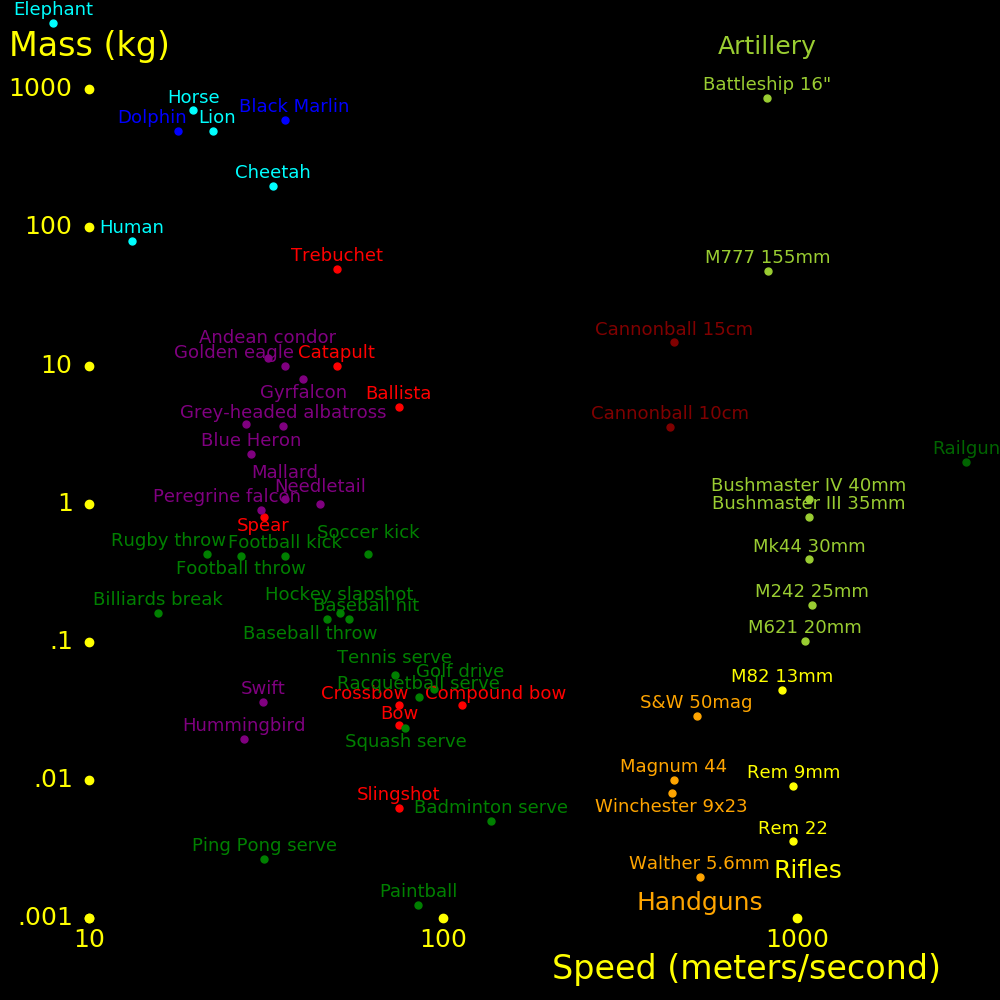 |
|---|
 |
 |
 |
|---|---|---|
Define a unit of alcohol to be the alcohol in one can of beer, and call this unit the "Bond". The can has 12 fluid ounces and the beer has an alcohol concentration of 5%. How many units of alcohol are there in a beer pitcher, a wine bottle, a Scotch bottle, and a beer keg? Assume that the beer in the keg is 5% alcohol.
A fluid ounce is 29.6 ml, and a beer can has 12 ounces. A beer pitcher is 4 pints. Wine and Scotch bottles are 750 ml. A beer keg is 15.5 gallons.
Alcohol Total Alcohol Alcohol
fraction volume volume volume
oz oz (relative to beer can)
Beer can .05 12 .6 1
Beer pitcher .05 64 3.2 5.3
Beer keg .05 1984 99.2 165.3
Wine bottle .13 25.4 3.3 5.5
Scotch bottle .40 25.4 10.1 16.9
 |
|---|
What is the length of a viola string and a bass guitar string? (The active vibrating part)
C=6, F=0
What is the frequency of a viola C string?
C=4, F=0
If a viola C string is made of steel, what is the mass of the vibrating part?
C=4, F=-4
Viola strings are tuned as perfect fifths and the frequency ratio between adjacent strings is 2/3. The A string is the top string and the C string is the bottom string.
Viola string length = L = .388 meter
A string frequency = 440 Hertz
D string frequency = 293 Hertz 440 ⋅ ⅔
G string frequency = 196 Hertz 440 ⋅ (⅔)2
C string frequency = F = 130 Hertz 440 ⋅ (⅔)3
String wavespeed = V = 2LF = 101 meter/second
= (T/m)½
String tension = T = 55 Newton
String mass/length = m =.0054 kg/meter
String mass = M = m L = 2.09 gram
String
length Tension (Newtons)
mm E A D G C
Violin 320 80 50 45 45
Viola 388 65 55 55 55
Cello 690 160 130 130 130
Bass 1060 160 160 160 160
Guitar 650 120 120 120 120
Bass guitar 860 160 160 160 160
 |
 |
 |
|---|---|---|
What is the volume and mass of a golf ball, an American football, and a rugby ball?
Use the volume enclosed by the outer surface, not the volume of air enclosed.
Football length = L Football radius = R Football volume = 4π/3 R2 L/2
Ball Ball Court Court Ball Ball Ball
diameter Mass length width density length volume
mm g m m g/cm3 mm cm3
Ping pong 40 2.7 2.74 1.525 .081
Squash 40 24 9.75 6.4 .716
Golf 43 46 1.10 41.6
Badminton 54 5.1 13.4 5.18 .062
Racquetball 57 40 12.22 6.10 .413
Billiards 59 163 2.84 1.42 1.52
Tennis 67 58 23.77 8.23 .368
Cricket 72 160 80 .82 80 meters from batter to home run boundary
Field hockey 73 160 91.4 55 .78
Baseball 74.5 146 122 .675 Pitcher-batter distance = 19.4 m
Whiffle 76 45 .196
Hockey puck 76 163 61 26 1.44 25
Polo 82 130 274.3 146.3 .45
Croquet 92 454 1.11
Softball 97.1 188 .39
Shot put 125 7260 7.10
Football 178 420 91.44 48.76 .045 283 9390
Rhythmic gymn 190 400 12 12 .111
Rugby 191 435 100 70 .039 290 11080
Volleyball 210 270 18 9 .056
Bowling 217 7260 18.29 1.05 1.36
Soccer 220 432 105 68 .077 5575
Cannonball 220 14000 7.9
Basketball 239 624 28 15 .087
Beach ball 610 120 .0011
What is
Mass of atmosphere / Mass of Earth
Mass of oceans / Mass of Earth
Atmosphere pressure = P = 101 kPascal = 15 pounds/inch Gravity = g = 9.8 meters/second2 Atmosphere mass/area = m = P/g = 10300 kg/meter2 Earth radius = R = 6371 km Earth surface area = 510 Mkm2 Earth land area = 149 Mkm2 Earth ocean area = 361 Mkm2 Earth density = 5510 kg/meter3 Earth mass =5.97e24 kg Atmosphere mass =5.25e18 kg Ocean mean depth = 3688 meter Ocean mass =1.33e21 kg Atmosphere/Earth =8.8 e-7 Dimensionless Ocean/Earth =.000223 Dimensionless
C=4, F=-2
 |
|---|
In the Earth's history, the "Cambrian explosion" is when multicellular life first became widespread, and it coincides with when the atmosphere's oxygen content became large.
t = Time since the Cambrian explosion
T = Time since the Big Bang
What is t/T?
t = 539 Myear
T = 13.79 Gyear
t/T = .0391
C=3, F=-3
 |
|---|
What is the total number of words, lines, scenes, and characters in Shakespeare's "Hamlet"?
How many characters died during the play?
C=3, F=-3
Most sources regard the total number of plays as 37. Their data is:
Words Lines Speeches Scenes Characters
Total 835997 101800 34895 ~700 1242
Average 22595 2751 943 ~19 33.6
Hamlet 30557 4030 1250 20 30 Largest
Othello 26450 3560 1309 15 25
King Lear 26145 3499 1181 26 25
Romeo and Juliet 24545 3093 989 25 32
Much Ado About Nothing 21157 2581 1062 17 23
Julius Caesar 19703 2636 895 18 47
Macbeth 17121 2477 765 29 38
A Midsummer Night's Dream 16511 2165 605 9 22
A Comedy of Errors 14701 1785 664 11 19 Smallest
A speech is anything from 1 word to a lengthy statement.
Words per line = 8.2
Words per speech = 23.6
Lines per speech = 2.92
Speeches per scene ~ 50
An English word has an average of 4.7 letters.
There are about 3.9 million letters in Shakespeare's plays.
1000 lines is 1 hour of stage time.
In Hamlet, 3 characters died before the play and 8 died during.
Characters that died:
Yorrick: Died years before the play.
Fortinbras Sr.: Murdered by King Hamlet before the play.
King Hamlet: Poisoned by Claudius before the play. Returns as a ghost.
Polonius: Stabbed from behind a curtain by Hamlet who believed him to be Claudius spying on him.
Ophelia: Committed suicide by drowning herself after going insane because of Polonius' death.
Rosencrantz: Killed on orders by Claudius.
Guildenstern: Killed on orders by Claudius.
Gertrude: Drank wine that was poisoned by Claudius that was intended for Hamlet.
Claudius: - Forced to drink poisoned wine after being stabbed by Hamlet.
Laertes: Wounded by Hamlet with a poisoned sword.
Prince Hamlet: Wounded by Laertes with a poisoned sword, as part of Claudius's plan. Shared kill.
Data for lines at https://www.jstor.org/stable/508828
How many sheets of paper does a standard box have?
What is the mass of a box full of paper?
Quire = 25 sheets Ream = 20 quires = 500 sheets Bundle = 2 reams = 40 quires = 1000 sheets Bale = 10 reams = 200 quires = 5000 sheets = 1 box of paper Mass of a full box = 9.1 kg = 20 pounds. Height of 5 reams of paper = 12.5 inches. Paper sheet thickness = .127 mm. Dollar bill thickness = .11 mm.
For the English language, many words and letters are there in an 80-character line, on average?
C=3, F=-3
An English word has on average 4.7 letters.
An 80-character line has on average 13.5 words.
A sheet of paper usually has 60 lines, 842 words, and 3959 letters.
 |
|---|
For Niagara falls, for the Horseshoe segment, what is the power associated with the falling water?
Height = H = 57 meters
Average flow = F = 2400 meter2/second
= 2400 tons/second
Gravity = g = 9.8 meter/second2
Power = P = gFH = 1.34 GWatt
C=2, F=-8
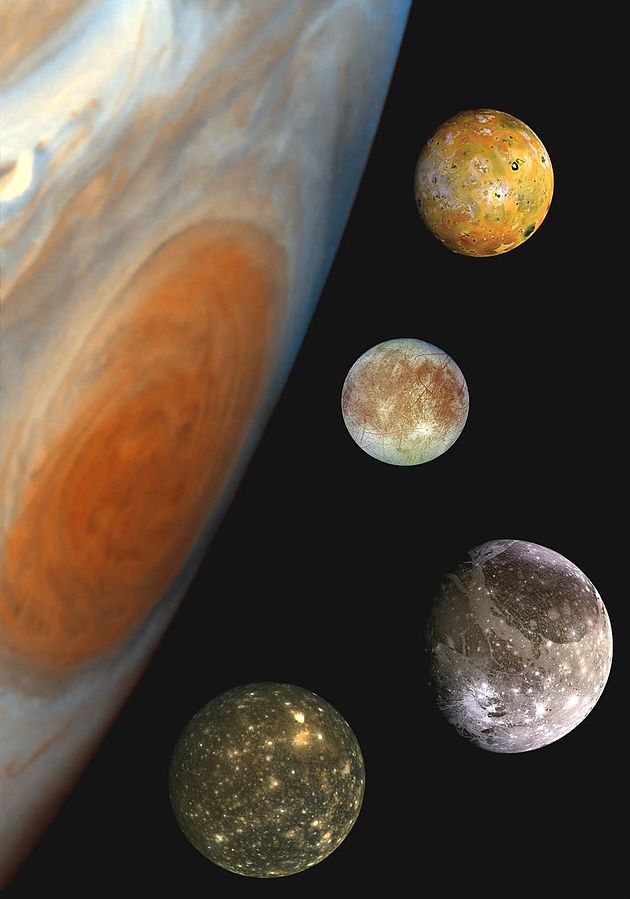 |
|---|
The Earth's moon is ~ 1/3 the size of the Earth and ~ 2/3 of the Earth's density, so we estimate the mass of the moon to be .027 Earth masses. The true value is .0123 Earth masses.
Jupiter is 318 Earth masses. If we assume that Jupiter's four major moons have the same mass as Earth's moons, the ratio is .000155. The true value is .000207.
Sizes to scale.
 |
|---|
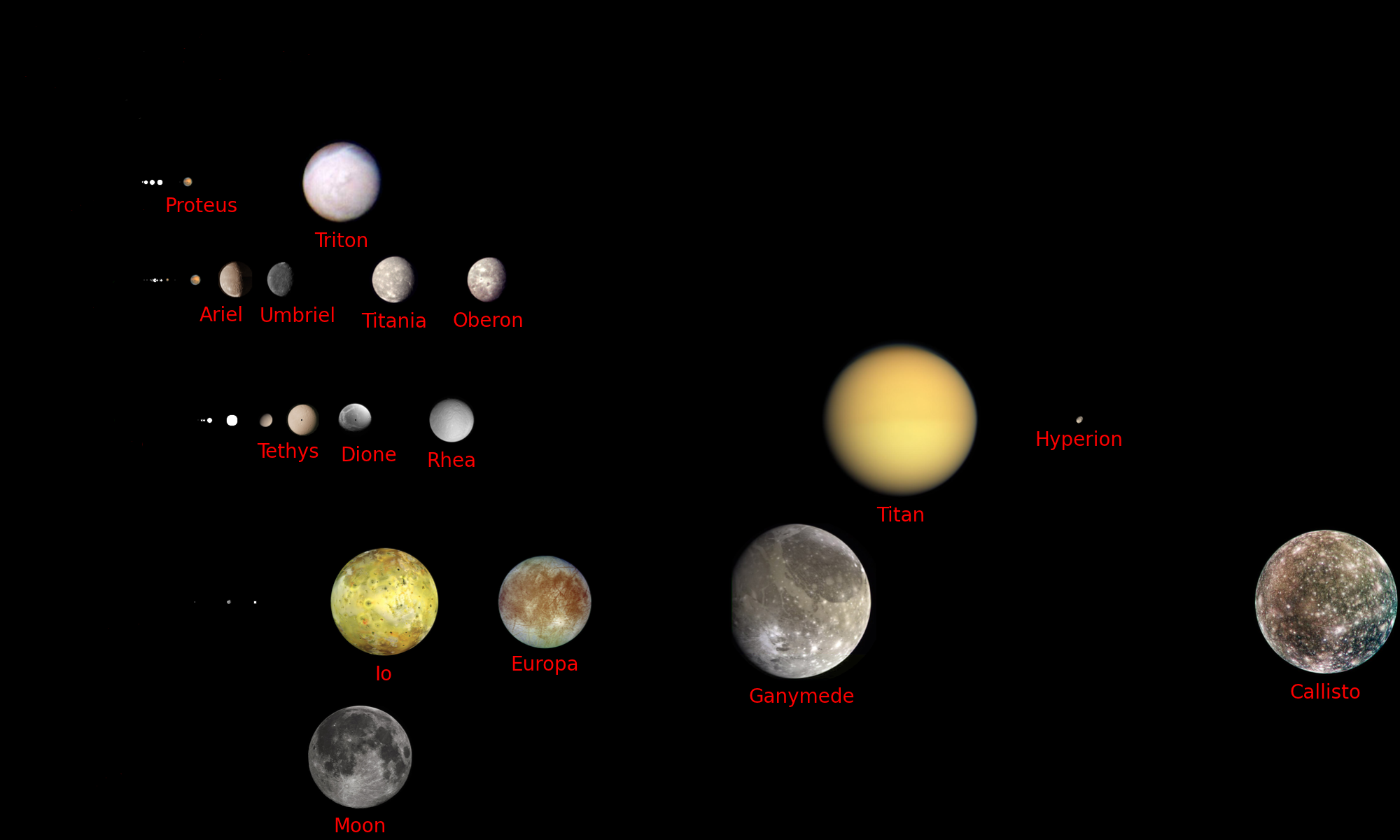 |
|---|
In Earth masses,
Earth = 1 Earth's Moon = .0123 Io = .0150 Europa = .0080 Ganymede = .0248 Callisto = .0180 Jupiter moon total = .0658 Jupiter =318 JupiterMoons/Jupiter= .000207
What is the global river flow in km3/year?
Exact answer = 47000 km3/year
Average precipitation on land = .715 meters/year Land area = 149 Mkm2 Global land precipitation = 106500 km3/year Global river flow = 47000 km3/year Fraction of rain going to rivers= .44
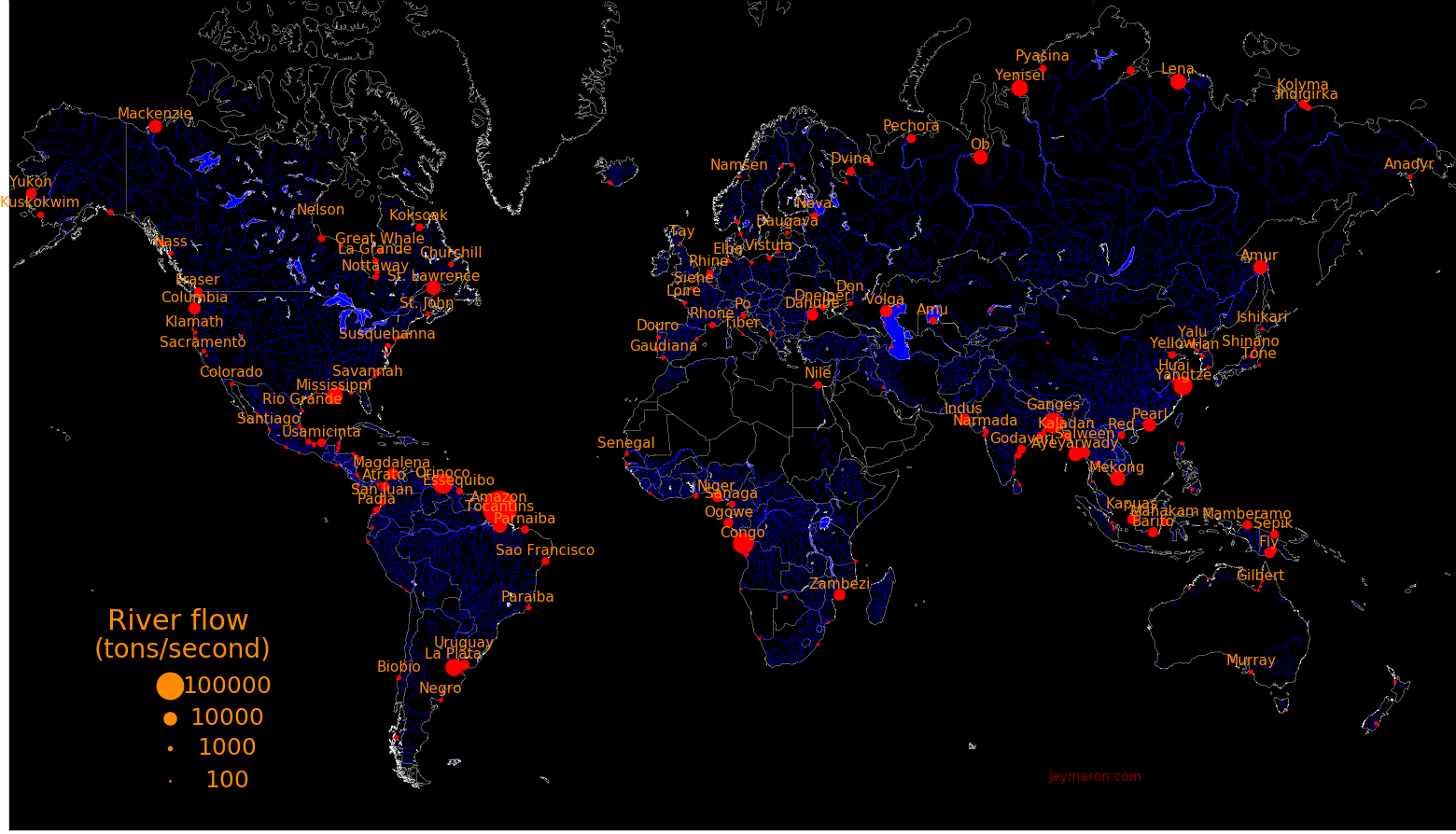 |
|---|
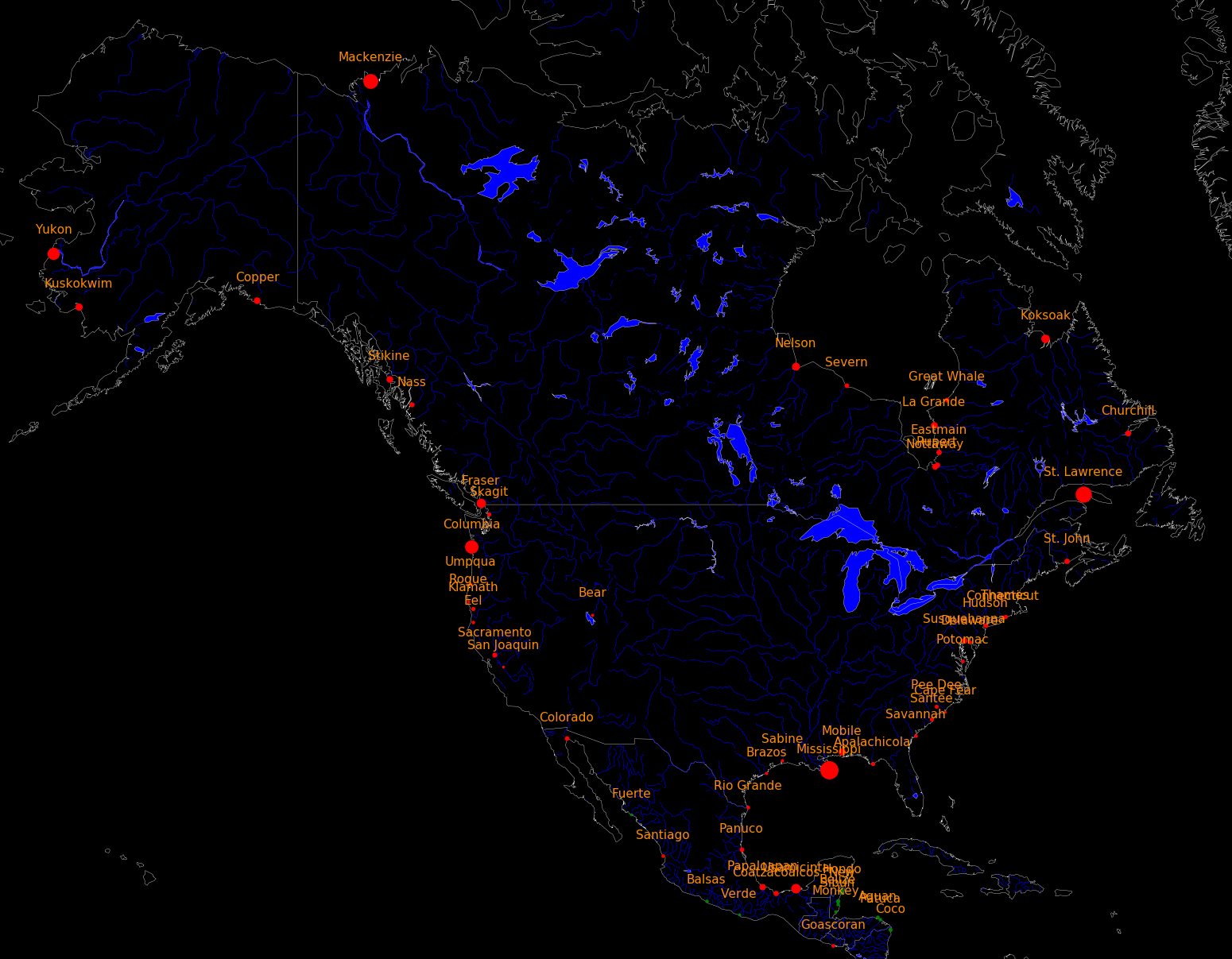 |
|---|
 |
|---|
What is the total mass of whales and of whale brains?
C=3, F=-6
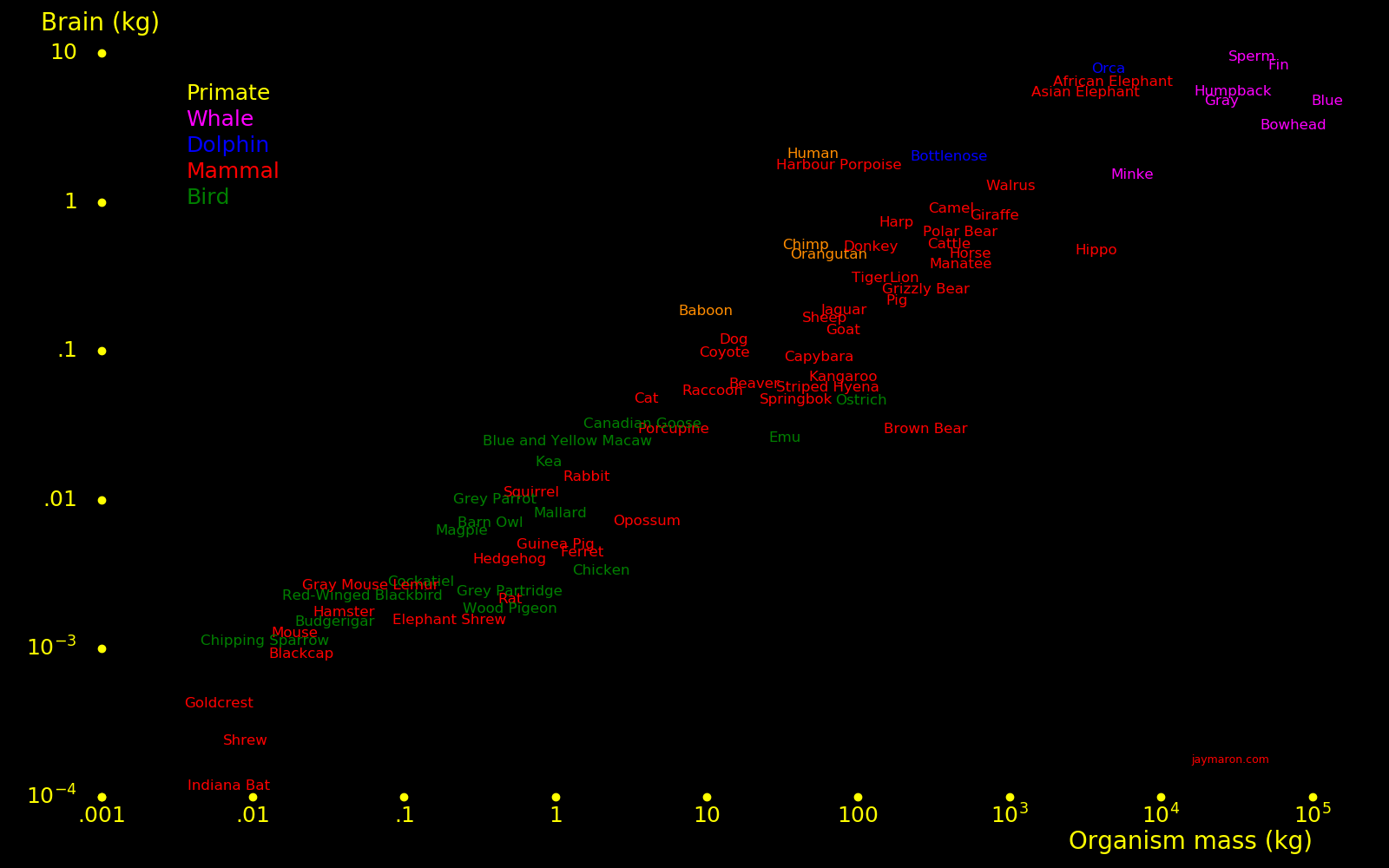 |
|---|
 |
|---|
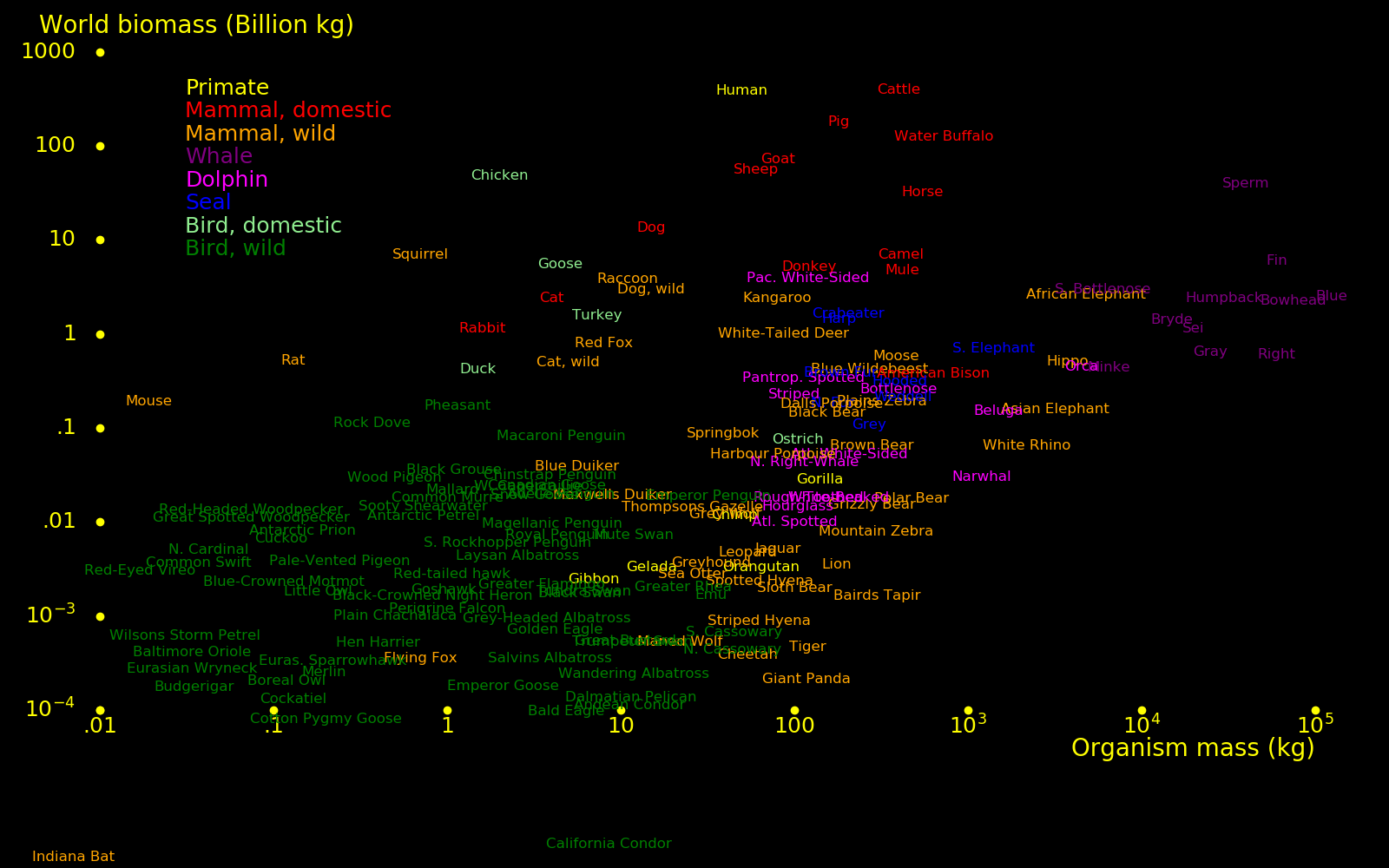 |
|---|
World sperm whale biomass is 16 Bkg and world total whale biomass is 36 Bkg. A sperm whale brain is 8 kg and there are .4 million sperm whales, for a world sperm whale brain mass of 3.2 Mkg. Total world whale brain mass is 6.4 Mkg.
World biomass Population Mass Brain mass World brainmass
Bkg millions kg kg Mkg
Sperm 16 .40 40000 8 3.2
Fin 6 .10 60000 6.9 .69
S. Bottlenose 3 .5 6000 2 1.0
Blue 2.5 .02 125000 4 .08
Humpback 2.4 .080 30000 4.7 .38
Bowhead 2.2 .030 75000 2.74 .08
Bryde 1.4 .095 15000 ? ~.3
Sei 1.1 .057 20000 ? ~.2
Right .6 .01 60000 ? ~.1
Gray .6 .026 25000 4.32 .11
Total 35.8 6.4
How much calcium is in a 100 kg human?
How much calcium is in a chicken egg? Include the shell.
Bones are 27.9% calcium and 13.0% phosphorus. Humans are 14% bone. The calcium mass is 3.9 kg.
Chicken egg:
Mass Calcium
grams grams
Egg total 60 1.95
White 36.6 .0023
Yolk 18.3 .028
Shell 5.1 1.92
Almost all the calcium is in the shell. Eggs are 3.2% calcium. Shells are 94% calcium carbonate (CaCO3) and calcium carbonate is 40% calcium.
An egg is typically 3% of the mass of the adult bird.
 |
 |
|---|---|
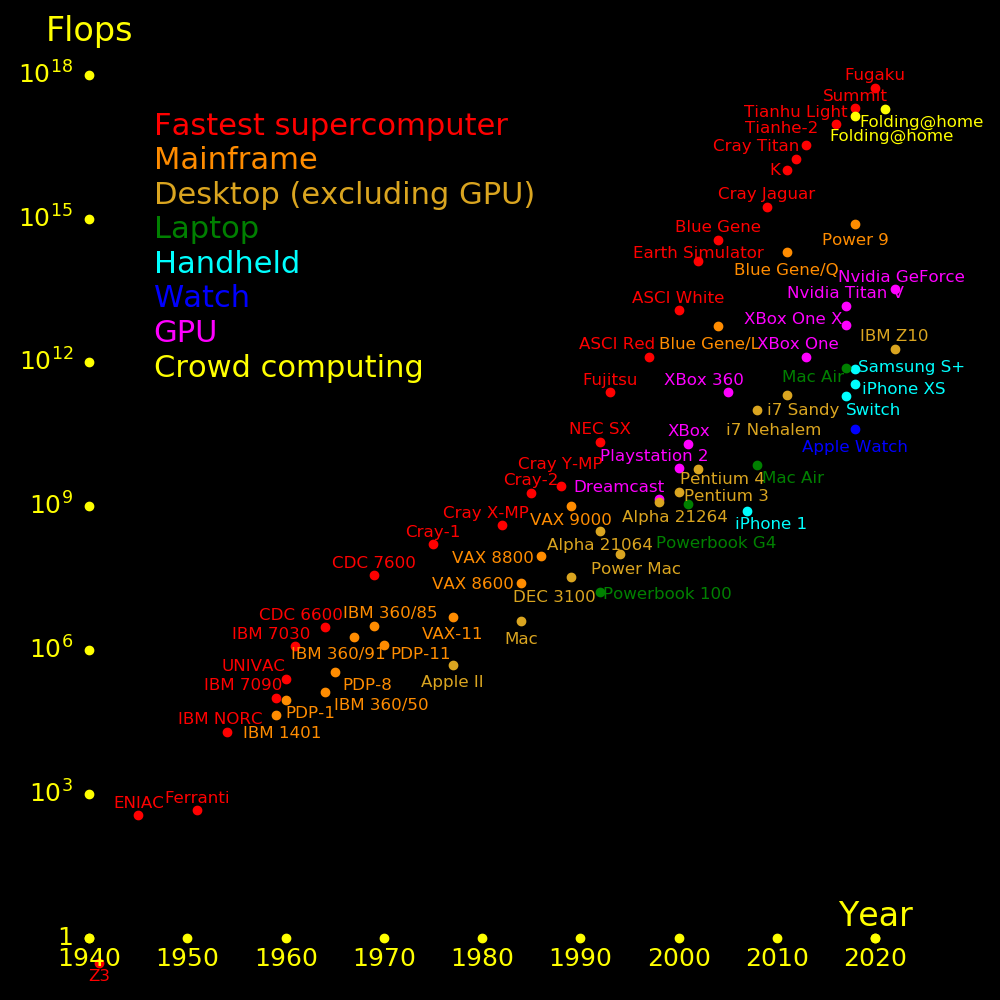 |
|---|
On January 1, 2020, the fastest supercomputer was "Summit". What was its speed in flops and memory in bytes?
For the first X-Box, what was the speed in flops?
Summit speed = 2.0⋅1017 flops
Summit memory = 1.29⋅1016 Gbyte
X-Box speed = 2.0e10 flops
The USA leads the world for farm output per hectare, and Iowa leads the USA.
In Iowa, what is the average yield in kg/hectare/year for soy? What is the calorie power generated in Watts/meter2?
Yield Energy Power
ton/ha/yr Cal/kg Watts/meter2
Soy 4.23 4460 .250
Corn 12.6 860 .143
1 Calorie = 4.18 kJoule.
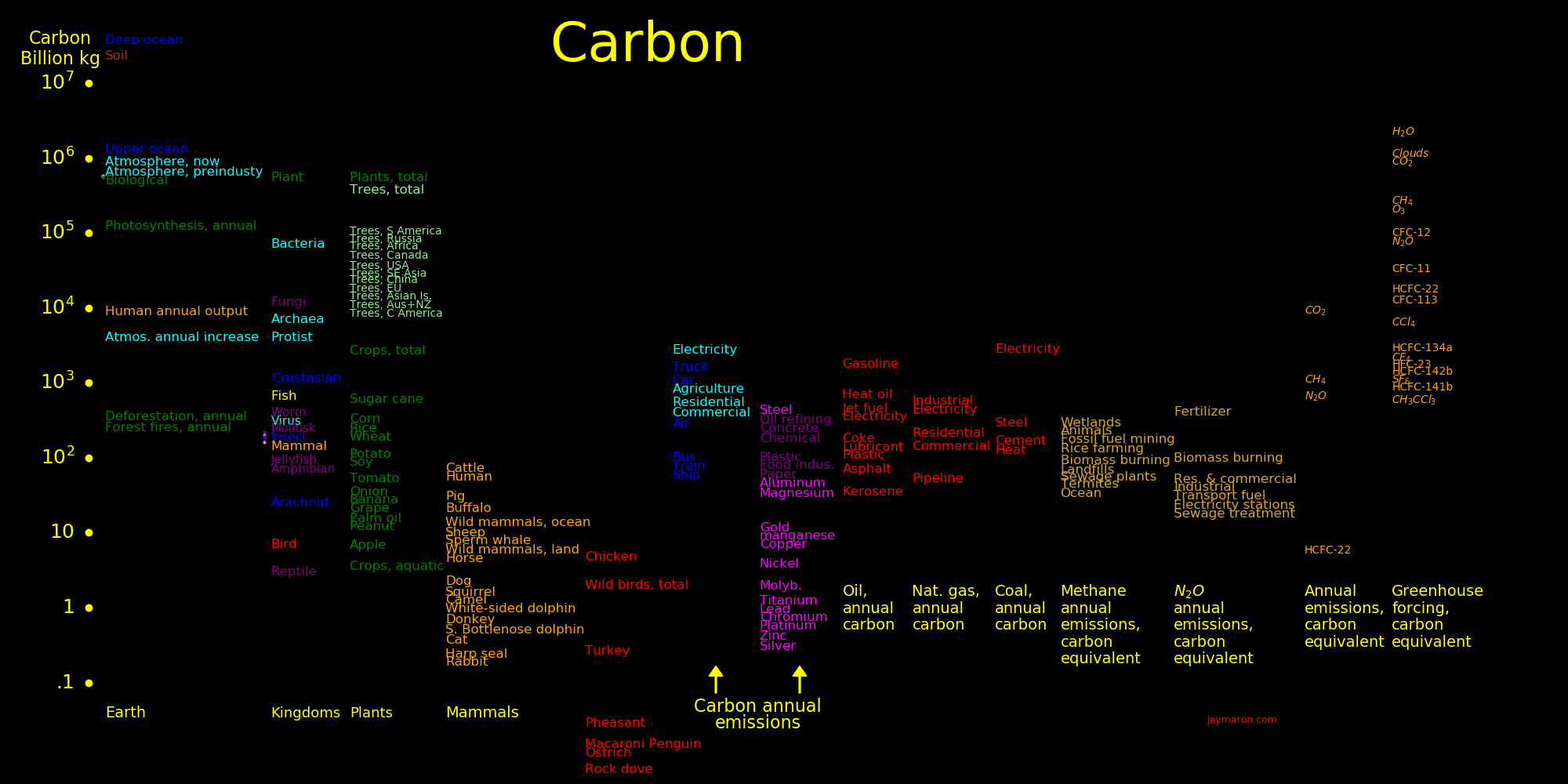 |
|---|
What is the mass of all plants in the world?
C=2, F=-6
Plants dominate world biomass, and most plant biomass is in trees. Trees are mostly wood, and wood is 1/2 carbon. World tree biomass is 1000 Tkg.
World land area = 149 Mkm2 World forest area = 35 Mkm2 Land fraction that is forest= .235 World plant biomass = 1100 Tkg/meter2 World forest biomass = 1000 Tkg/meter2 Typical forest density = 29 kg/meter2 World forest photosynthesis = 80 Tkg/year Biomass production Forest photosynthesis/area = 2.3 kg/meter2/year Biomass production Wood energy/mass = 18 MJoule/kg Forest photosynthesis power = 1.31 Watt/meter2 Average solar power = 200 Watt/meter2 Photosynthesis efficiency =.0066
What is the mass of carbon captured by plants in one year?
C=2, F=-6
See the preceeding problem.
What is
Asteroid belt mass / Earth mass
Kuiper belt mass / Earth mass
The Kuiper belt includes Pluto and doesn't include Neptune's moons.
C=2, F=-6
Semimajor Mass Radius Escape Orbit Parent
axis (AU) (Earth=1) (Earth=1) speed speed planet
(km/s) (km/s)
Sun 333000 109.2 618.
Mercury .387 .0553 .383 4.3 47.9
Venus .723 .8150 .950 10.46 35.0
Earth 1.000 1.0000 1.000 11.2 29.8
Mars 1.524 .1074 .532 5.03 24.1
Jupiter 5.203 317.83 10.86 59.5 13.1
Saturn 9.537 95.16 9.00 35.5 9.64
Uranus 19.19 14.50 3.97 21.3 6.81
Neptune 30.07 17.20 3.86 23.5 5.43
Pluto 39.48 .00220 .184 1.23 4.74
Moon .0123 .273 2.38 1.02 Earth
Phobos 2.5e-10 .0018 .0113 2.14 Mars
Deimos 1.8e-10 .0010 .0056 1.35 Mars
Io .01495 .286 2.56 17.3 Jupiter
Europa .00804 .245 2.02 13.7 Jupiter
Ganymede .0248 .413 2.74 10.9 Jupiter
Callisto .0180 .379 2.44 8.2 Jupiter
Titan .0225 .404 2.64 5.6 Saturn
Triton .00358 .213 1.455 4.4 Neptune
Charon .000271 .093 .23 .21 Pluto
Asteroids .0005 Mass of all asteroids
Vesta 2.36 .0000447 .0413 .36 19.3 Asteroid
Ceres 2.766 .00016 .074 .51 17.9 Asteroid
Pallas 2.77 .0000359 .0427 .32 17.6 Asteroid
Kuiper belt .03 Mass of all Kuiper belt objects
Haumea 43.34 .00070 .0487 .84 4.48 Kuiper belt object
Makemake 45.79 .0007 .11 .74 4.42 Kuiper belt object
Eris 67.67 .00278 .183 1.34 3.44 Kuiper belt object
 |
|---|
Formula-E race cars use battery power. For the battery, what is the energy/mass and power/mass?
C=5, F=-2
For a Formula-E car battery,
Power = 200 kWatt Energy = 194 MJoule Mass = 250 kg Energy/Mass = .78 MJoule/kg Power/Mass = 800 Watt/kg
Performance:
Max speed = 62 meter/second Time to 100 kph = 3.0 second Car mass = 725 kg
 |
|---|
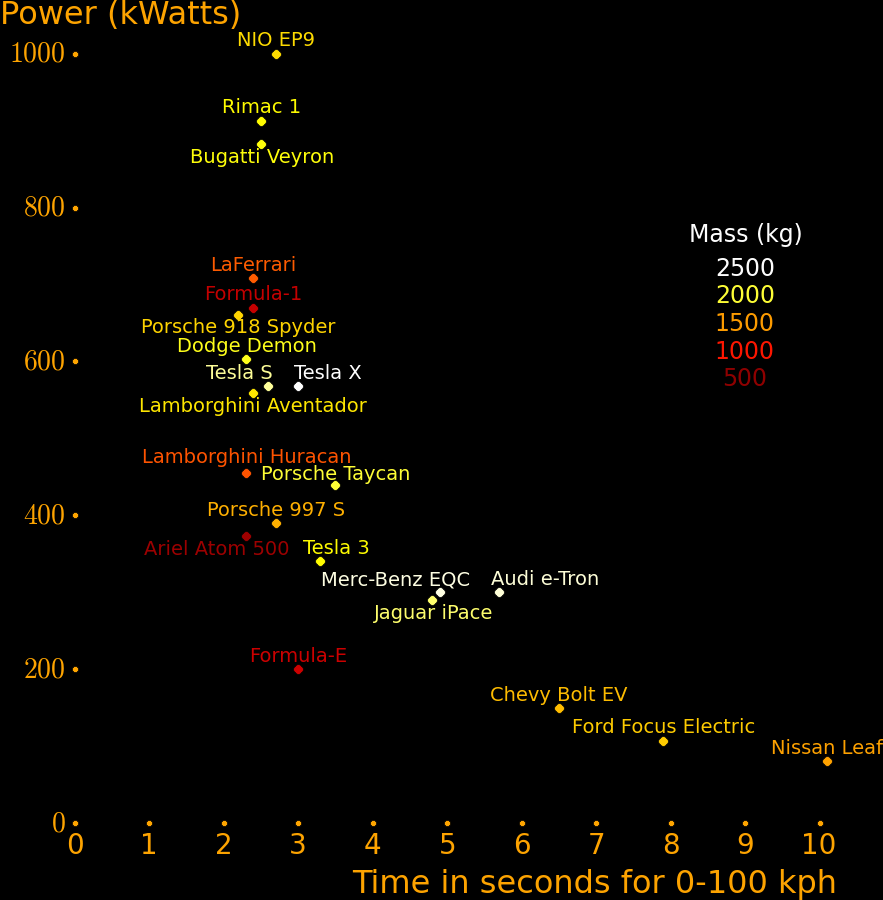 |
|---|
Motor 100kph Top Battery Battery Battery Battery Car Car Year
power time speed energy mass mass cost
kWatt s m/s MJoule kg MJoule/kg kWatt/kg kg $
Rimac C Two 1408 2.0 115 432 1950 2400000 2019 Concept car
NIO EP9 1000 2.7 87 324 635 .51 1.54 1735 1200000 2016 Concept car
Rimac Concept One 913 2.5 94 324 1850 980000 2013 Concept car
GM Hummer EV 746 720 4103 2021
Tesla Model S 615 360 635 .57 .97 2250
Tesla Cybertruck Tri 600 3.0 58 720 3000 91000 2021
Porsche TaycanTurboS 560 2.8 72 301 2370 250000 2021
Chevy Silverado EV+ 495 4.4 720 2023
Audi e-tron GT RS 475 3.3 69 336 2350 186000 2021
Ford F-150 Lightning+ 420 4.5 472 2995 90000 2022
Hyundai Ioniq 5 230 5.2 50 209 1800 48000 2021
Formula-E racecar 200 3.0 62 194 250 .78 .80 725 2018
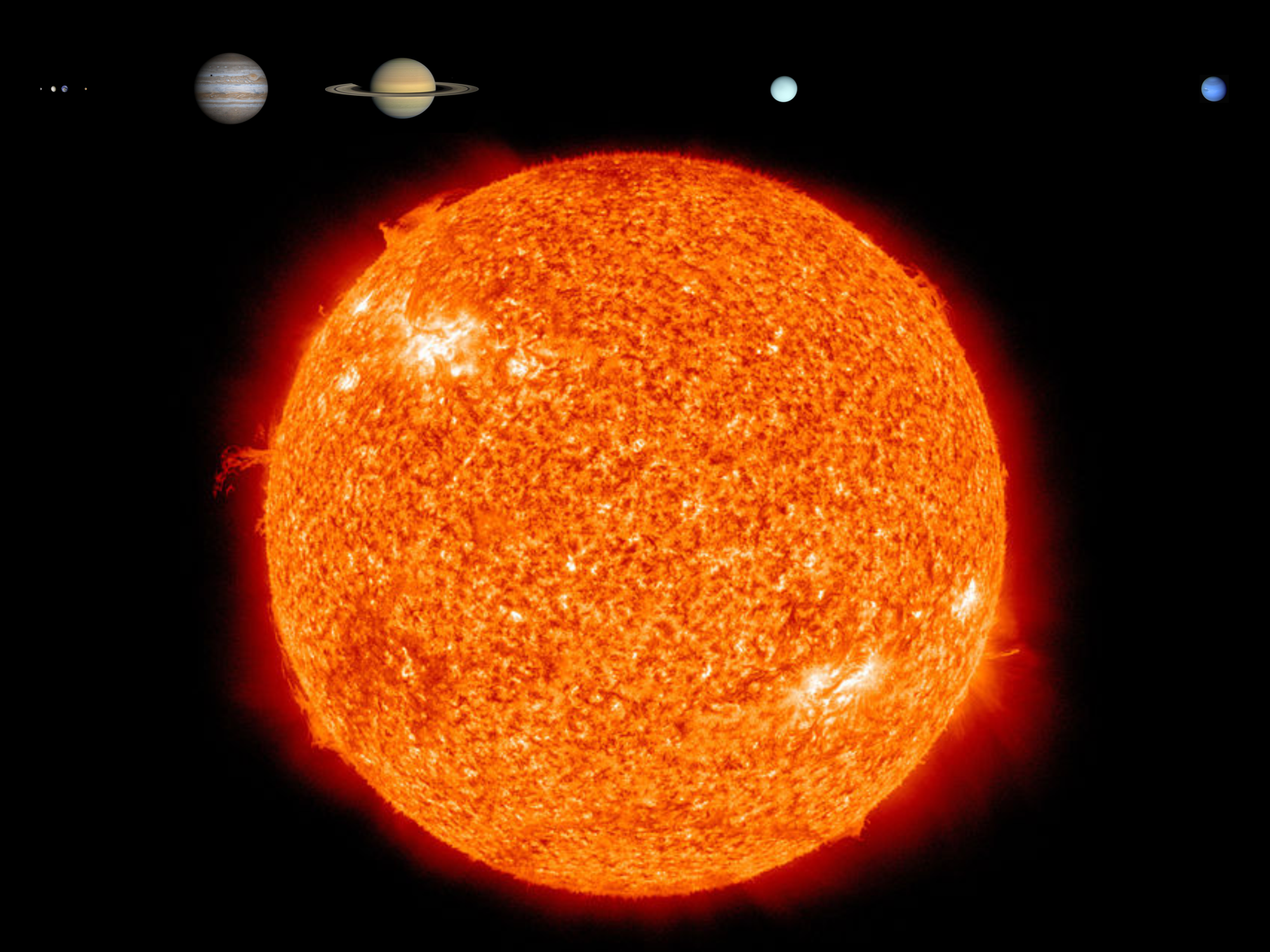 |
|---|
What is
Total mass of planets / Sun mass
C=2, F=-6
Total planet mass = 446.7 Earth masses
Total planet mass / Sun mass = .00135
Semimajor Mass Radius Escape Orbit
axis (AU) (Earth=1) (Earth=1) speed speed
km/s km/s
Sun 333000 109.2 618.
Mercury .387 .0553 .383 4.3 47.9
Venus .723 .8150 .950 10.46 35.0
Earth 1.000 1.0000 1.000 11.2 29.8
Mars 1.524 .1074 .532 5.03 24.1
Jupiter 5.203 317.83 10.86 59.5 13.1
Saturn 9.537 95.16 9.00 35.5 9.64
Uranus 19.19 14.50 3.97 21.3 6.81
Neptune 30.07 17.20 3.86 23.5 5.43
Pluto 39.48 .00220 .184 1.23 4.74
For a candle the size of a 12 ounce soda can, how long does it burn?
The unit "candela" is based on a standard candle that burns 7.8 grams of oil per hour. The oil is whale spermaceti oil.
Energy/Mass Carbons Energy/Mass
MJoule/kg Calorie/gram
Hydrogen 141.8 0
Methane 55.5 1 Natural gas
Ethane 51.9 2
Propane 50.4 3
Butane 49.5 4
Octane 47.8 8
Kerosene 46 12
Diesel 46 16
Wax 42 30
Crude oil 46 36
Pure carbon 32.8
Coal 32
Wood 22
Fat 37 20 9
Ethanol 29 7
Sugar 17 4
Protein 17 4
 |
|---|
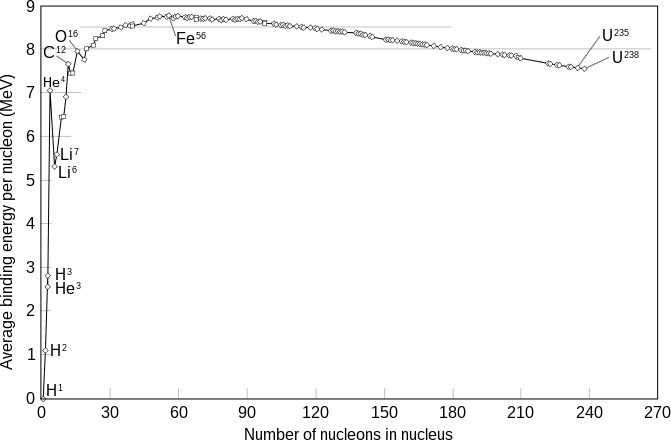 |
|---|
For the nuclear fission of uranium-235, what is the energy/mass released?
C=4, F=-6
Uranium-235 fission releases 202.5 MeV of heat and 8.8 MeV of neutrons, for a total energy of 211.3 MeV. The mass of a uranium-235 nucleus is 219 GeV, so the energy fraction is .00096
The binding energy per nucleon of uranium-235 is 1 MeV lower than for the fission products, hence we expect fission to release 1 MeV of energy per nucleon.
The Space Shuttle has hydrogen + oxygen rockets. What is the exhaust speed
when the rockets are fired in vacuum?
C=4, F=-6
Answer: 4.43 km/s.
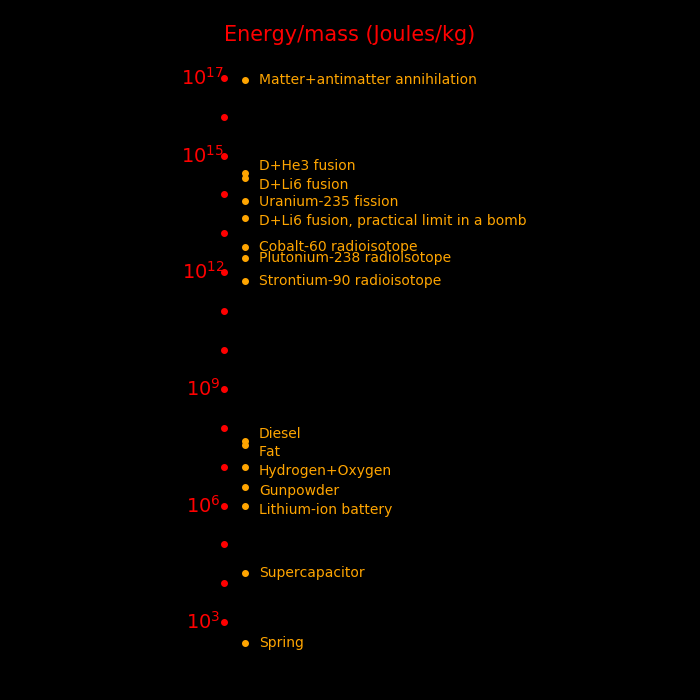 |
|---|
For a rocket, most of the fuel energy becomes exhaust kinetic energy and some becomes thermal energy. Define a "rocket constant" "C" equal to kinetic energy over total energy. The point of a rocket cone is to maximize this value. Most rockets have a value of C ~ 3/4.
Rocket constant = C = .75 Fraction of fuel energy that becomes exhaust kinetic energy Fuel energy/mass = E = ½ V2 = 13.2 MJoule/kg Exhaust kinetic energy/mass = e = ½ v2 = C E Perfect exhaust speed = V = 5.14 km/s Rocket exhaust speed = v = 4.45 km/s
Energy/mass Exhaust Perfect Rocket
speed speed constant
MJoule/kg km/s km/s
Antimatter 90000000000
Fusion bomb 250000000 Maximum for a deuterium+tritium fusion bomb
Fission bomb 83000000 Maximum for a uranium bomb
Nuclear battery 589000 Strontium-90, beta decay, 29 year half life
Fusion H3+Li6 270000000 23200
Fission U235 76000000 12300
Beryllium+ O2 23.2 5.3
Aluminum + O2 15.5
Magnesium+ O2 14.8
Hydrogen + O2 13.2 4.45 5.14 .75
Kerosene + O3 12.9
Octanitrocubane 11.2
Methane + O2 11.1 3.80 4.7 .65
Octane + O2 10.4
Kerosene + O2 10.3 3.52 4.5 .61
Dinitrodiazeno. 9.2
C6H6N12O12 9.1 China Lake compound
Kerosene + H2O2 8.1 3.2 4.0 .64
Kerosene + N2O4 8.0 2.62 4.0
HMX (Octogen) 8.0
RDX (Hexagen) 7.5
NH4NO3 + Aluminum 6.9 2.7 3.7 .53 Solid rocket fuel
Nitroglycerine 7.2
PLX 6.5 95% CH3NO2 + 5% C2H4(NH2)2
Composition 4 6.3 91% RDX. "Plastic explosive"
Kerosene + N2O 6.18
Dynamite 5.9 75% Nitroglycerine + stabilizer
PETN 5.8
Smokeless powder 5.2 Used after 1884. Nitrocellulose
TNT 4.7 Trinitrotoluene
Al + Fe2O3 4.0 Thermite
H2O2 2.7 1.59 2.3 .48 Hydrogen peroxide
Black powder 2.6 Used before 1884
Al + NH4ClO4 2.6
NH4ClO4 2.5
N2O 1.86 1.76
N2H4 1.6 2.2 Hydrazine
Bombardier beetle .4 Hydroquinone + H2O2 + protein catalyst
N2O4 .10
In the following table, oxygen is not included in the mass.
Energy/mass Carbons
MJoule/kg
Hydrogen 141.8 0
Methane 55.5 1
Ethane 51.9 2
Propane 50.4 3
Butane 49.5 4
Octane 47.8 8
Gasoline 47 8±2
Kerosene 46 12±2
Diesel 46 16±3
Lubricating oil 46 36±16
Fat 37 20±10 9 Calories/gram
Ethanol 29 2 7 Calories/gram
Sugar 17 6 4 Calories/gram
Protein 17 4 Calories/gram
Coal 32
Wood 22
Pure carbon 32.8 1
We need a Fermi estimation for the energy/mass of hydrogen+oxygen fuel. Start by estimating the energy/mass of octane+oxygen fuel. For this, assume that fat has the same energy/mass as octane. They're both hydrocarbon chains. Fat has a COOH handle at the end that enzymes use to wield it. Fat has an energy/mass of 9 Calories/gram = 37.8 MJoule/kg = Q. 1 Calorie is 4200 Joules.
The oxygen is not included in the energy/mass. For octane+oxygen fuel, we need to include the oxygen mass.
C8H18 + 12.5 O2 -> 8 CO2 + 9 H2O
Daltons: 114 + 400 -> 352 + 162 = 514
The energy/mass for octane+oxygen is estimated to be = Q * 114/514 = 8.38 MJoule/kg. The experimental value is 10.4 MJoule/kg.
Assume that the energy yield from burning a hydrocarbon is proportional to the number of atoms in the hydrocarbon.
For hydrogen+oxygen fuel,
H2 + .5 O2 -> H2O
Daltons: 2 + 16 -> 18
Energy/mass of octane+oxygen ~ 26 atoms / 514 Daltons = .0506 = X
Energy/mass of hydrogen+oxygen ~ 2 atoms / 18 Daltons = .111 = Y
The estimation is Y/X = 2.18 and the experimental value for Y/X is 1.28.
In a nuclear thermal hydrogen rocket, fission heats hydrogen and expels it as
exhaust. If the temperature is 2750 Kelvin and the exhaust is monotomic hydrogen,
what is the exhaust speed?
C=4, F=-6
In thermal equilibrium, each degree of freedom has ½ k T of energy. A monotomic gas has 3 degrees of freedom. These are motion in the x, y, and z directions. The exhaust kinetic energy can be related to the thermal energy by a constant of order unity.
For a temperature of 2750 Kelvin, the exhaust speed is 13 km/s, and this can be used to evaluate the exhaust constant.
Monatomic hydrogen mass= M =1.66⋅10-27 kg Temperature = T = 2750 Kelvin Exhaust speed = V = 13 km/s Boltzmann constant = k =1.38⋅10-23 Joules/Kelvin Exhaust constant = C = ½ M V2 / (1.5 k T) = 2.46
 |
 |
|---|---|
Voyager is powered by 13.5 kg of Plutonium-238, which decays by alpha emission. What is the heat power produced at the start of the mission?
Dalton = 931.5 MeV
Alpha decay energy = m = 5.59 MeV
Plutonium-238 mass = M = 238.05 Dalton
= 222 GeV
Plutonium-238 half life = T = 87.7 years
Energy/Mass = e = m C2 / M =2270 GJoule/kg
Power/Mass = p = e ln(2) / T = 567 Watt/kg
Total mass = Q
Total power = P = p Q =7140 Watt
Calculation based on data:
Balsa tensile strength = T = 20 MPascal/meter2 Cross-sectional area = A = 7.9e-7 meter2 Breaking force = F = A T = 15.7 Newton
Estimation:
Wood tensile modulus / density = C = Γ/D = 25 MJoules/kg Approximately true for most woods and metals Balsa density = D = 150 kg/meter3 Balsa tensile modulus = Γ = C D = 3.8 GPascal Balsa tensile breaking strain = δ = .08 Dimensionless Approximately true for most woods Balsa tensile breaking stress = T = Γ δ = 30 MPascal Cross-sectional area = A = 7.9e-7 meter2. Breaking force = F = A T = 24 Newton
Estimate:
Metal tensile modulus / density = C = 25 MJoules/kg Approximately true for most woods and metals Iron density = D = 7900 kg/meter3 Steel tensile modulus = Γ = C D = 198 GPascal Cross-sectional area = A = 7.9e-7 meter2. Rod length = L = 1000 meter Force = F = 100 Newton Stress = P = F / A = .127 GPascal Fractional elongation = δ = P / Γ = .00064 Dimensionless Elongation = x = δ L = .64 meter
For steel, the precise value of the tensile modulus is 211 GPascal, which gives an elogation of .68 meters.
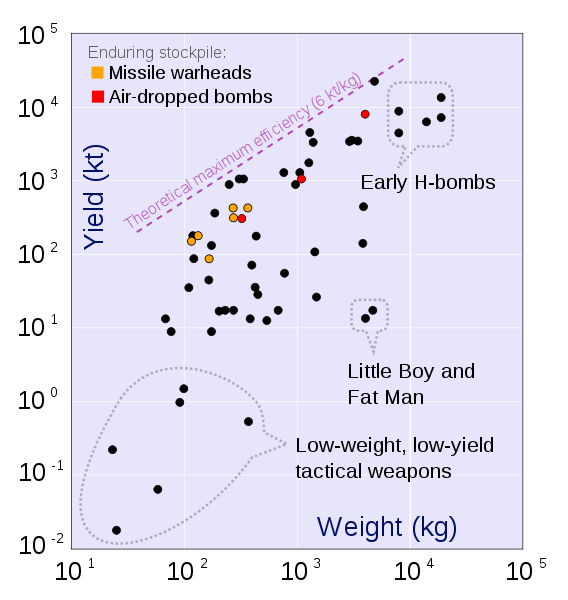 |
 |
|---|---|
In a fusion bomb,
Lithium-6 + Neutron → Helium + Tritium + 4.78 MeV Deuterium + Tritium → Helium + Neutron + 17.59 MeV
Overall,
Lithium-6 + Neutron → Helium + Helium + Neutron + 22.37 MeV
The binding energy per nucleon of lithium-6 is 1.8 MeV lower than for helium-4. Deuterium is even lower. We expect fusion to release on the order of 3 MeV per nucleon.
1 ton of TNT = 4⋅109 Joules 1 ton of gasoline = 4⋅1010 Joules Massive Ordnance Air Blast bomb = .000011 MTons TNT (Largest U.S. conventional bomb) Trinity plutonium-239 test = .020 MTons TNT Hiroshima uranium-235 fission bomb = .015 MTons TNT "Little Boy". 60 kg Uranium-235 Nagasaki plutonium-239 fission bomb = .021 MTons TNT "Fat Man". 6 kg Plutonium-239 Ivy King fission bomb = .5 MTons TNT Largest pure fission bomb B83 fusion bomb = 1.2 MTons TNT Largest bomb in active service Castle Bravo fusion bomb = 15 MTons TNT Largest U.S. test B41 fusion bomb = 25 MTons TNT Largest U.S. bomb created Tsar Bomba = 50 MTons TNT Largest USSR test
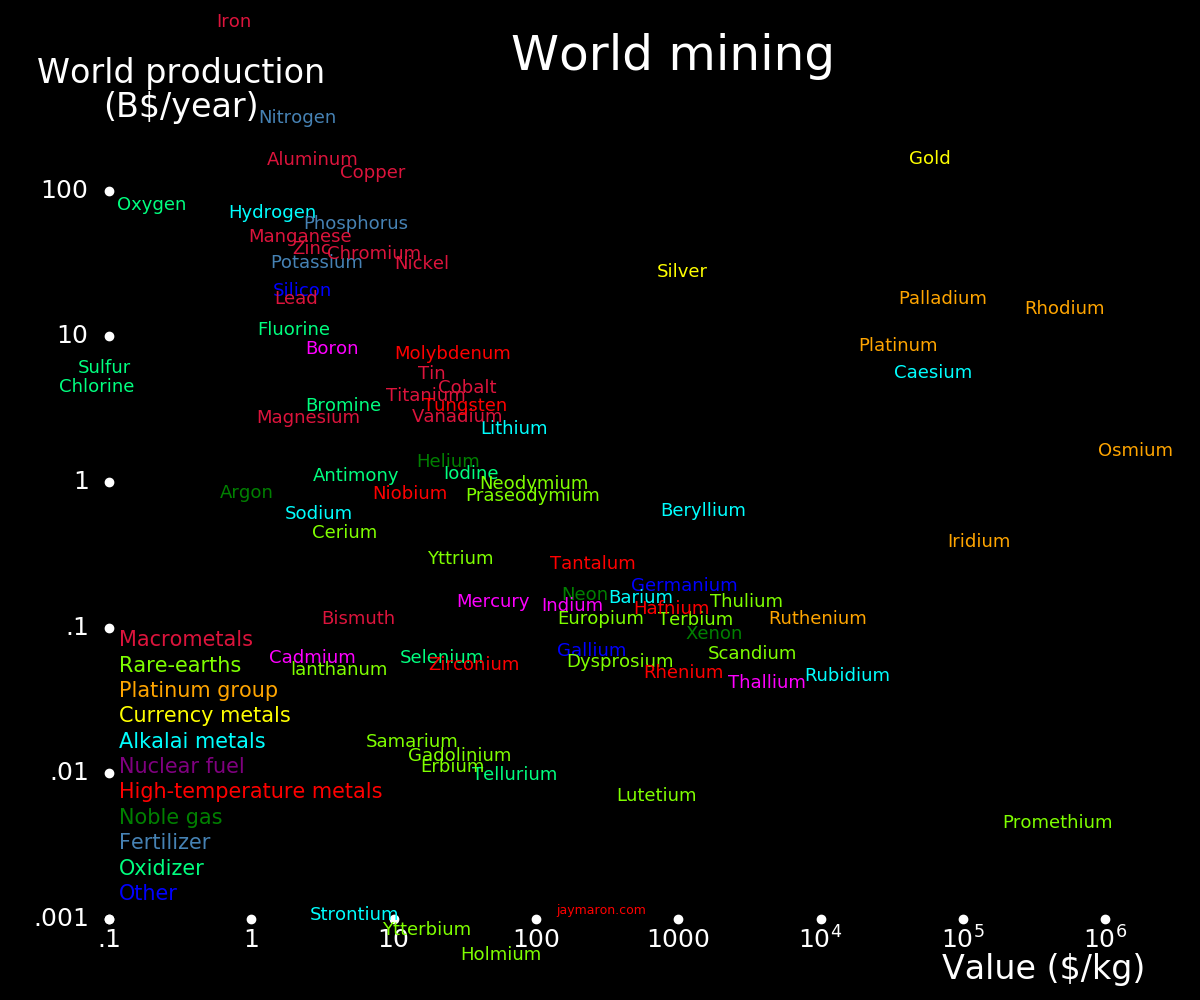 |
|---|
What is the mass of steel that the world produced in 2021? How about gold? C=2, F=-8
True values: Iron = 1900 Bkg and Gold = 2.8 Mkg.
Estimate: Assume that the value of gold mined in a year is 100 B$. Gold is 35000 $/kg, which gives a mass of 2.9 Mkg.
Estimate: Iron eclipses all other elements for mining value. Assume that the value of iron mined in a year is 1 T$. Iron is .75 $/kg, which gives a mass of 1300 Bkg.
Atmospheric oxygen mass = M kg Photosynthesis production rate for oxygen = R kg/second Time required to produce one atmosphere of oxygen = T = M/R second
What is T?
C=3, F=-8
Earth biomass carbon = 555 Tkg Mostly trees Photosynthesis carbon rate = 100 Tkg/year Photosynthesis oxygen rate = S = 282 Tkg/year Land contributes 57% Production rate for O2/Carbon = 2.82 Dimensionless Earth radius = 6371 km Earth area = A = 510 Mkm2 Earth pressure = P = D g = 101 kPascal Gravity = g = 9.8 meter/second2 Atmosphere column density = D =10300 kg/meter2 Atmosphere mass = M = 5253 Qkg Atmosphere oxygen fraction = f .21 Atmosphere oxygen mass = m = M f = 1103 Qkg Oxygen production time = T = m/S = 3911 year Carbon production per area = .20 kg/meter2/year World Carbon production per area = .38 kg/meter2/year Land Carbon production per area = .12 kg/meter2/year Ocean Wood carbon fraction = .5 Wood oxygen fraction = .42 Wood hydrogen fraction = .06 Wood nitrogen fraction = .01
What is the temperature of Neptune's moon Triton?
C=3, F=-4
The true value is 38 Kelvin.
Blackbody radiation power scales as temperature to the 4th power, and solar radiation power scales as the SMA to the minus 2nd power. Equating them,
Temperature ~ SMA-½
The Earth's moon is colder than the Earth because it doesn't have greenhouse heating. The Earth's average temperature is 287 Kelvin and the moon's average temperature is 250 Kelvin. We estimate Triton's temperature as
250 * 30-½ = 46 Kelvin
Planet Moon Moon Planet Planet SMA
Kelvin Kelvin AU
Earth Moon 250 287 1
Jupiter Europa 102 165 5.20
Saturn Titan 94 134 9.58
Uranus Titania 70 76 19.19
Neptune Triton 38 72 30.07
Pluto Charon 33 39.48 At perihelion at 29.66 AU
Pluto Charon 53 44 39.48 Average temperature over the orbit
Pluto Charon 55 39.48 At apehelion at 49.30 AU
Nitrogen freezes on Triton and it's a gas on Titania.
Melt Boil
Kelvin Kelvin
Helium 1.7 4.2
Hydrogen 13.4 20.3
Neon 24.6 27.1
Oxygen 54.4 90.2
Nitrogen 63.2 77.4
Methane 90.7 111.6
Krypton 115.8 119.7
Xenon 161.4 165.1
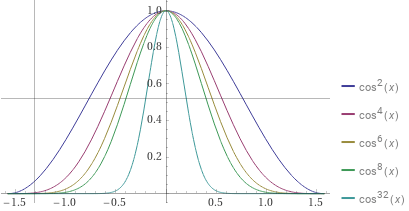 |
|---|
Estimate ∫-π/2π/2 cos32(x) dx
Exact answer:
∫-π/2π/2 cos32(x) dx = 300 π / 2147 = .439
Lobe width can be estimated with
D = d2/dx2 cosn(x) |x=0 = -n n = 2, 4, 6, ...
Lobe width ~ (-D)-½ ~ n½
A lobe of cos32(x) has ¼ the width of a lobe of cos2(x), hence we approximate
∫-π/2π/2 cos32(x) dx ∼ ¼ ∫-π/2π/2 cos2(x) dx = π/8 = .393
 |
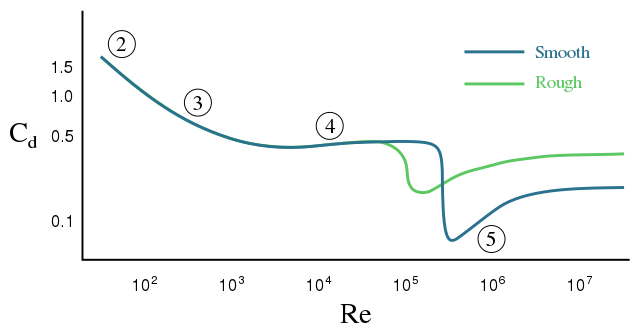 |
|---|---|
A soccer ball moves at 6 meters/second through air. How far does it travel before stopping? Assuming zero gravity, that the air has the same density as at sea level, and that the ball doesn’t collide with anything.
Define a "Newton length" as the distance a ball travels such that it encounters a mass of air equal to its own mass. This is the characteristic length for a ball to slow down by a factor of 2.
Ball mass = M = .437 kg Ball diameter = D = .22 meters Ball cross-sectional area = S = .038 meters2 Ball density = Ρ =78.4 kg/meters3 Air density = ρ = 1.22 kg/meter3 (Air at sea level) Newton length = L = 9.6 meter Mass of air the ball passes through= m = S L ρ = M L = M / (S ρ) = ⅔ D Ρ / ρ = 9.6 meters
Reynold's number is proportional to ball speed.
If Reynold’s number > 100, the ball undergoes Newtonian drag, with the drag force proportional to V2.
If Reynold’s number < 100, the ball undergoes Stokes drag, with the drag force proportional to V.
The ball effectively stops when the Reynolds number gets as low as 100. Below this value, the drag coefficient increases as the ball goes into the Stokes regime.
Ball diameter = D Ball speed = V Air viscosity = μ = 1.48e-5 meter/second2 Reynold’s number = R = DV/μ
Air viscosity can be estimated from:
Air molecule mean free path = Xfree ~ 1 micrometer Air molecule thermal speed = Vth ~ 400 meter/second Air viscosity = μ ~ Xfree Vth
The drag force is
Air density = ρ = 1.22 kg/meter3 Speed = V Initial speed = V0 Sphere diameter = D = .22 meter Sphere cross section= S = .0380 meter2 Drag coefficient = C = .47 Mass = M = .432 kg Drag force = F = ½ C S ρ V2 Drag deceleration = A = ½ C S ρ V2 / M Drag parameter = K = ½ C S ρ / M = .0252 meter-1 Drag deceleration = A = - K V2 Time = T Air viscosity = μ = 1.48e-5 meter/second2 Reynold’s number = R = DV/μ Reynold’s, start = R0= DV0/μ =90000 dimensionless Reynold’s, final = Rf= DVf/μ = 100 dimensionless Speed, final = Vf = Rfμ/D = .0067 meter/second Time, final = Tf = 1/(KVf) = 5920 second
V' = - K V2 Newton's law
V = V0 / (1 + KV0T) → 1/(KT) for T → ∞
X = K-1 ln(1 + KV0T) = K-1 ln(1 + V0/Vf) = K-1 ln(1 + R0/Rf) ~ 453 meters
The total distance traveled is 453 meters.
A human that is running has a drag coefficient of 1.05.
Estimate F(11).
F(n) = 11!-1 (n+10)!/(n-1)!
Estimate ∫0∞ sin(2 π ex)
Exact integral = .1526.
For a given lobe, let XL and XR be the left and right endpoints, and approximate the lobe as sin(x). The approximate integral is (2/π) (XR - XL). For each lobe, the exact and approximate integrals are:
Lobe Integral Integral Left endpoint Right endpoint
(exact) (approx)
1 .2566 .2581 ln(1) ln(3/2)
2 -.1826 -.1831 ln(3/2) ln(2)
3 .1418 .1421 ln(2) ln(5/2)
4 -.1159 -.1161 ln(5/2) ln(3)
Total .0999 .1010
The approximation is accurate.
If lobes are added in pairs then there is cancelation. Consider the two lobes from x = ln(m) to ln(m+1), where m is a nonnegative integer. The integral of both lobes is
Lm ∼ (2/π) [ln(m+½) - ln(m)] - (2/π)[ln(m+1) - ln(m+½)]
= (2/π) ln (m+½)2/(m(m+1))
= (2/π) ln (1+½/m)2/(1+1/m)
∼ (2/π) ln (1+1/(2m)2)
∼ (½/π) m-2
The sum of all lobes is a sum of the form ∑m=1∞ m-2, which converges.
Lobes 1 and 2 correspond to m=1, and lobes 3 and 4 correspond to m=2, etc.
m Lm Lm
exact approx
1 .0740 .1592
2 .0259 .0398
3 .0131 .0177
4 .0079 .0099
5 .0053 .0064
The approximation is accurate for m >= 3.
For lobes 1, 2, 3, and 4, each lobe must be treated separately, and the integral approximation is accurate.
For lobes 5 and beyond, you may add lobes pairwise.
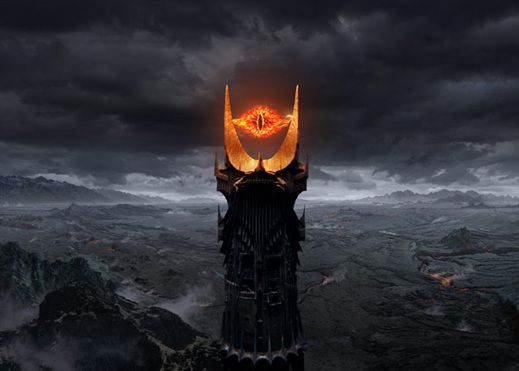 |
|
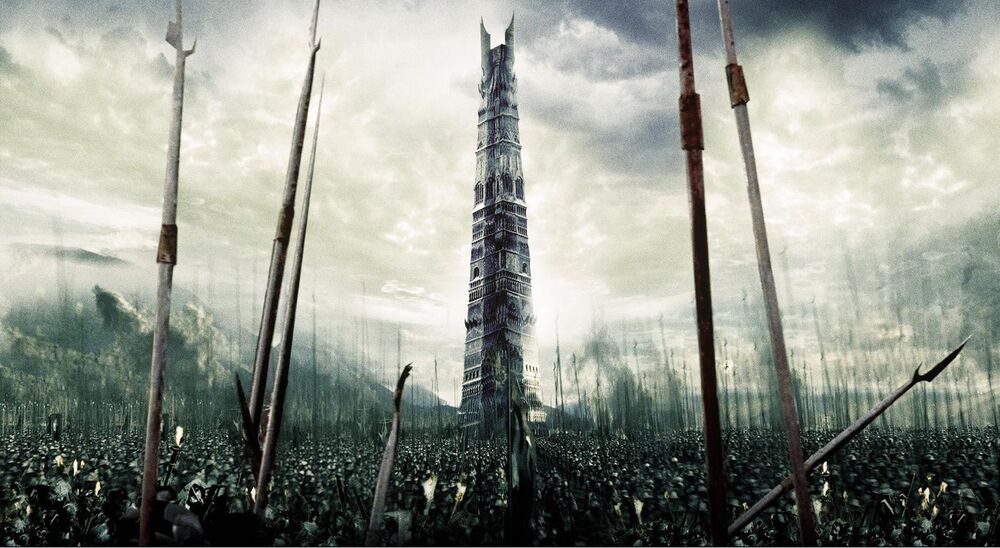 |
|---|---|---|
Exponentials are evaluated top-down.
xxx = x(xx)
Let Tn(x) be a sequence such that T1(x) = x and Tn+1(x) = xTn(x). For example,
T1(x) = x T2(x) = xx T3(x) = x(xx)Estimate T12(5/4)
Estimate T12(3/4)
Solution to be published in the future.
 |
|
|---|---|
Scoring:
For a given question, a competitor submits a number, and the score is:
Submitted number = X Correct number = x Score = S = -log2(X/x - 1)
If X/x < 1, replace X/x with x/X.
X/x Score 1+1/16 4 1+1/8 3 1+1/4 2 1+1/2 1 2 0 4 -1.6 8 -2.8 16 -3.9 256 -8.0
Each problem has its own ceiling C and floor F.
If S > C, S is reset to C.
If S < F, S is reset to F.
Unless otherwise specified, S=6 and F=-8.
Typically, the values of S and F are:
Type of S F estimation Length 6 0 Time 6 0 Mass 4 -2
Getting the correct answer gets partial credit. For full credit, you must give a rigorous proof. If calculus is required, the problem says so.
Some problems are estimations, where the goal is accuracy. For these problems, specify your methodology with as much rigor as possible.
Problems made by Jay Maron are denoted with a "*".
Resources:
Art of Problem Solving. Problems and solutions for 1938-2023
Scholes. Problems and solutions for 1938-2003
Kedlaya. Problems and solutions for 1995-2023
Kedlaya, Poonen, & Vakil. Problems and solutions for 1985-2020
Gallian. Putnam from 1932 to 2018.
What are the last 2 digits of
33333
Note that exponentials are evaluated top down. 333 = 3(33) = 327
Putnam 1985 A4
Estimate F(11).
*
25 knights sit at a round table. 3 are chosen at random for a mission. What is the probability that at least 2 of them were sitting adjacent?
AIME 1983 #7
A cylindrical barrel 1 meter tall and 1 meter in diameter is full to the brim with water. If a cube with side length 2 is placed in the barrel as far as it can go and with its diagonal being vertical, how much water spills out?
AIME 2015 #9
f(x) is a continuous function and f(x) >= 0 for all x. If
∫-∞∞ f(x) dx
is finite, does it follow that
∫-∞∞ [f(x)]2 dx
is finite?
*
Using tiles of size 4x6 and 5x7, how would you tile a floor of size 1999x1999? The tiles cannot overlap and there can be no gaps.
Putnam 1991 B3
Define a set of polygons. P1 is a triangle with all sides equal to one. P2 is a hexagon made from cutting the corners of P1. The cut is made 1/3 of the way from a vertex to the adjacent vertex. Pn+1 is made from cutting the corners of Pn in the same way, with the cuts being 1/3 of the way to adjacent vertices.
What is the area of Pn in the limit of n going to infinity?
Putnam 1984 B6
 |
|---|
Estimate ∫-π/2π/2 cos32(x) dx
*
Estimate ∫0∞ sin(2 π ex)
*
Let Tn(x) be a sequence such that T1(x) = x and Tn+1(x) = xTn(x). For example,
T1(x) = x T2(x) = xx T3(x) = x(xx)For what positive values of x does limn→∞ Tn(x) converge?
*
The Putnam has 12 problems with 10 points possible for each problem.
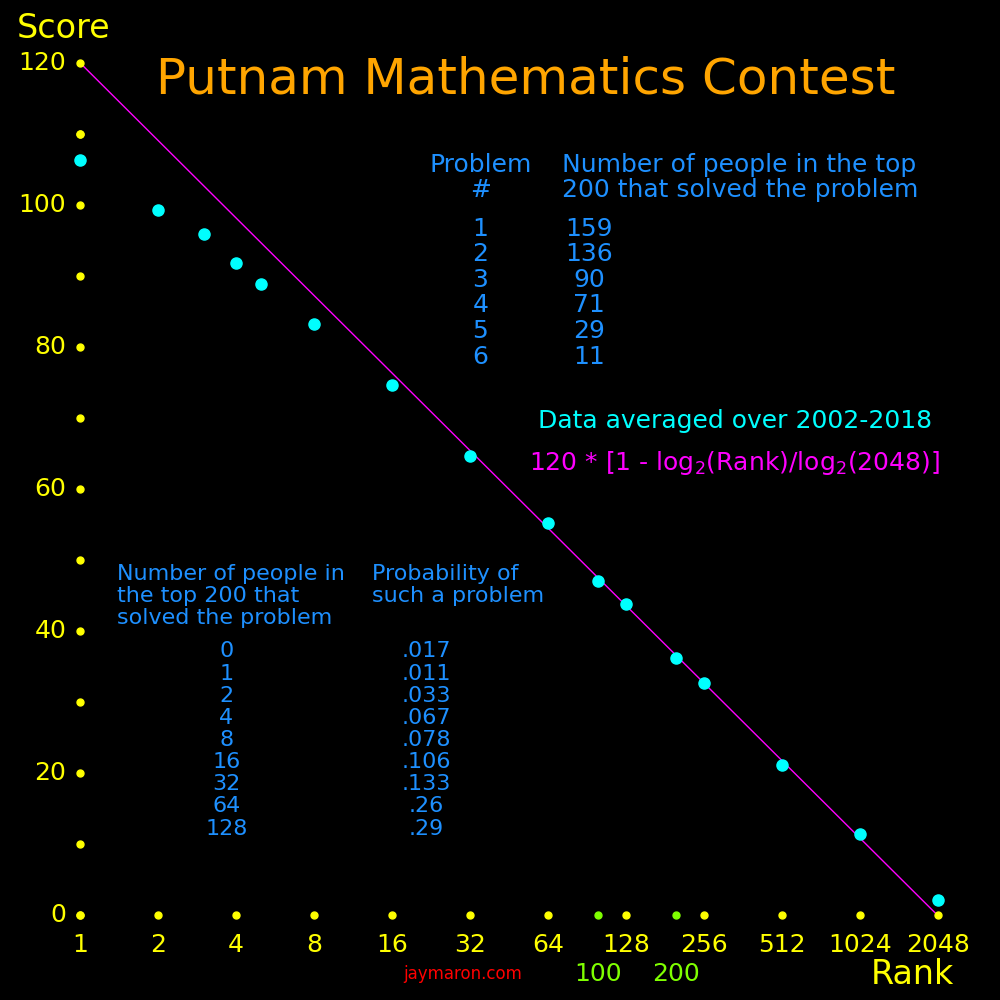 |
|---|
The contest is divided into 2 3-hour sessions. In session 1, you tackle problems A1, A2, A3, A4, A5, A6. In session 2, you tackle problems B1, B2, B3, B4, B5, B6. The larger the number, the harder the problem tends to be.
Problem number Average number of people in the top 200 that solved it
1 159
2 136
3 90
4 71
5 29
6 10.6
The "A" and "B" tests tend to have the same dificulty. Problem A1 tends to have the same difficulty as B1, etc.
Data is for 2002-2016.
In the following plot, "problem hardness" is defined by the number of people in the top 200 that solved it. It bins the problems by hardness and gives the probability of a problem in each bin. There have been problems that no one solved.
 |
|---|
Hardest problems from 2002-2016:
Year # Number of people that solved it 2006 A6 1.2 2007 A6 2.4 2011 A5 1 2011 B6 0 2012 B5 2.9 2013 B6 .7 2013 A6 3.2 2014 B6 2.4 2015 B6 2.6 2016 A6 2.3
Caltech pioneered a class on Order of Magnitude physics, and many of the students from the class subsequently wrote OOM textbooks. From the Caltech syllabus:
"Emphasis is on using basic physics to understand complicated systems. Examples will be selected from properties of materials, geophysics, weather, planetary science, astrophysics, cosmology, biomechanics, etc."
Mahajan:
Street Fighting Mathematics
Mahajan: Art of Insight in Science and Engineering
Blackman: Order of Magnitude Physics
Shaviv: Order of Magnitude Physics
Chiang: Order of Magnitude Physics
Hogg: Real-World Ballistics
Maron: Action Physics
Maron: Fermi charts
Maron: Fermi unit data
 |
|---|